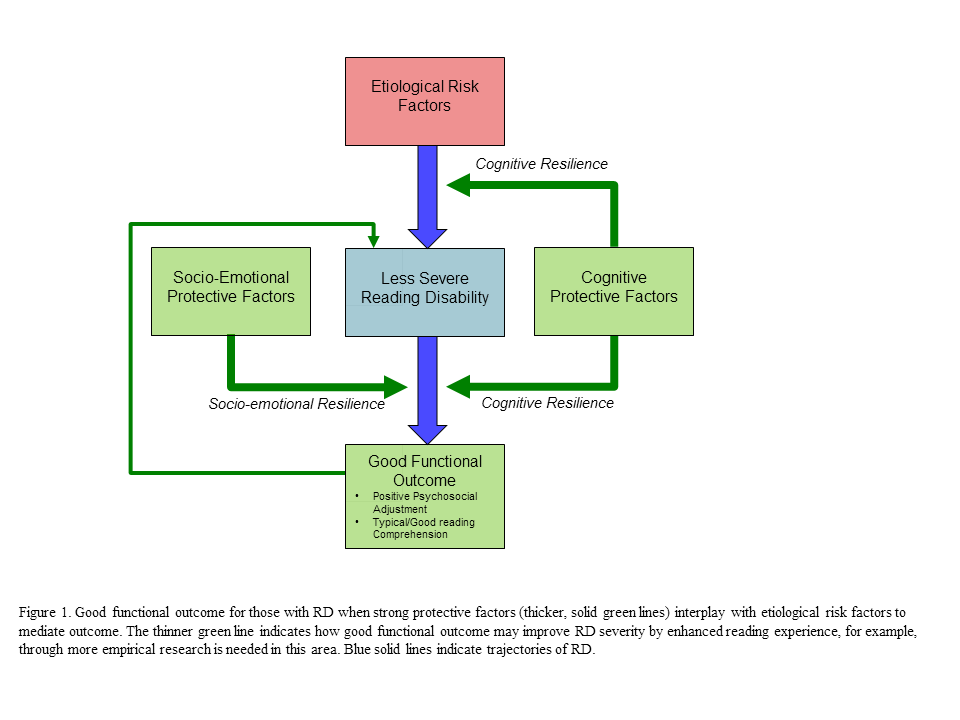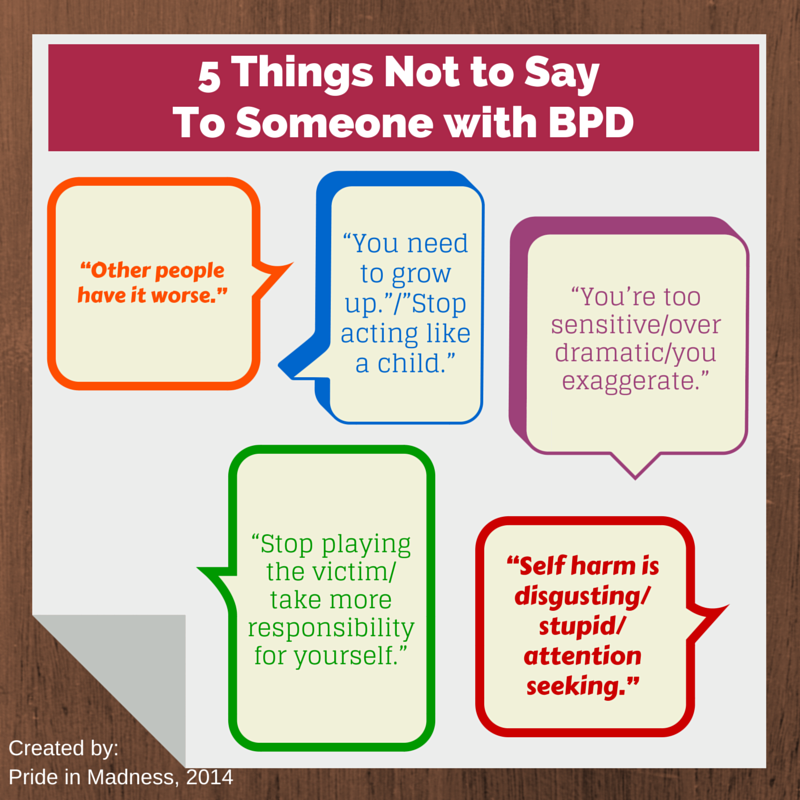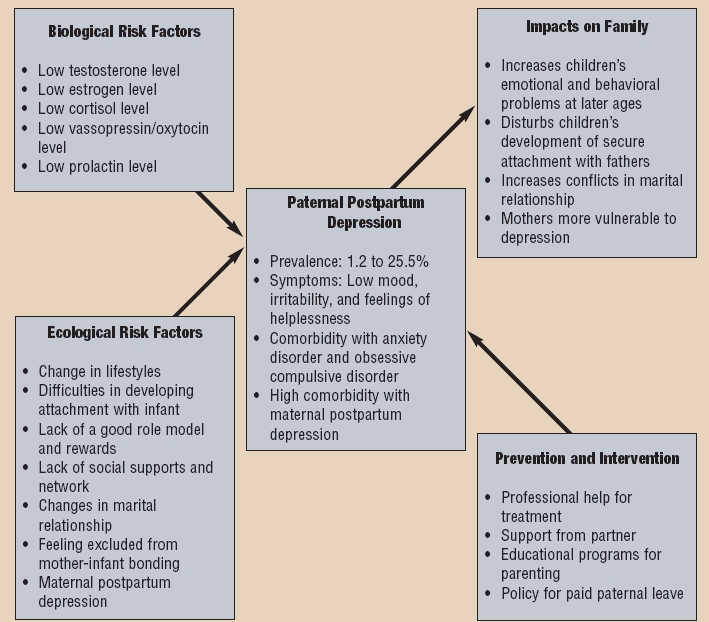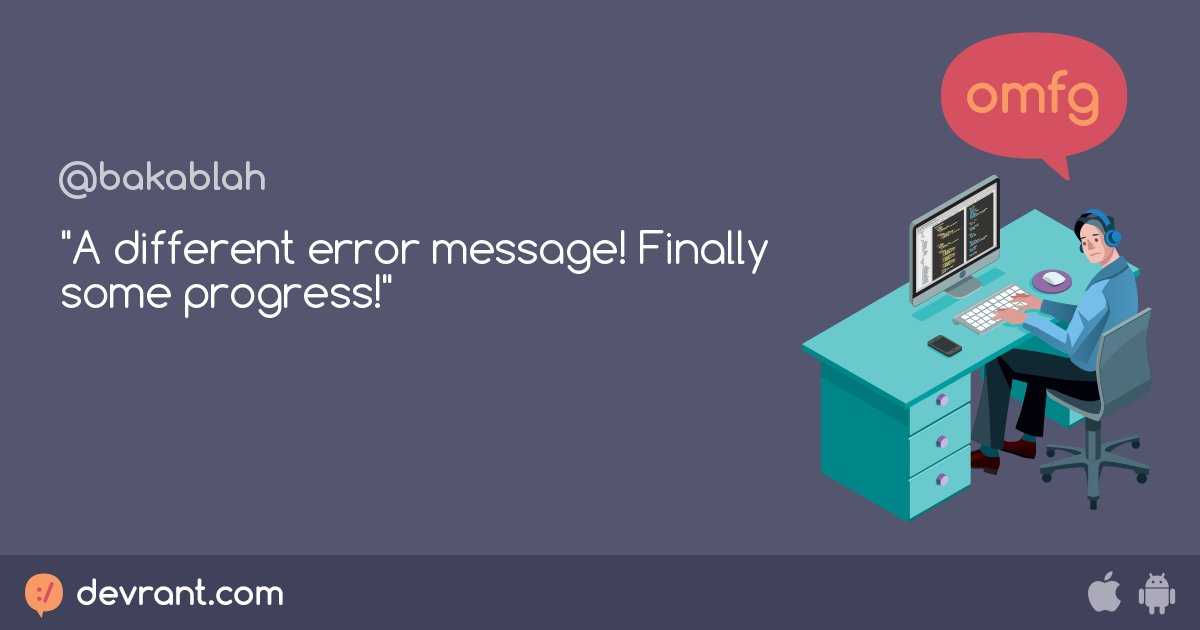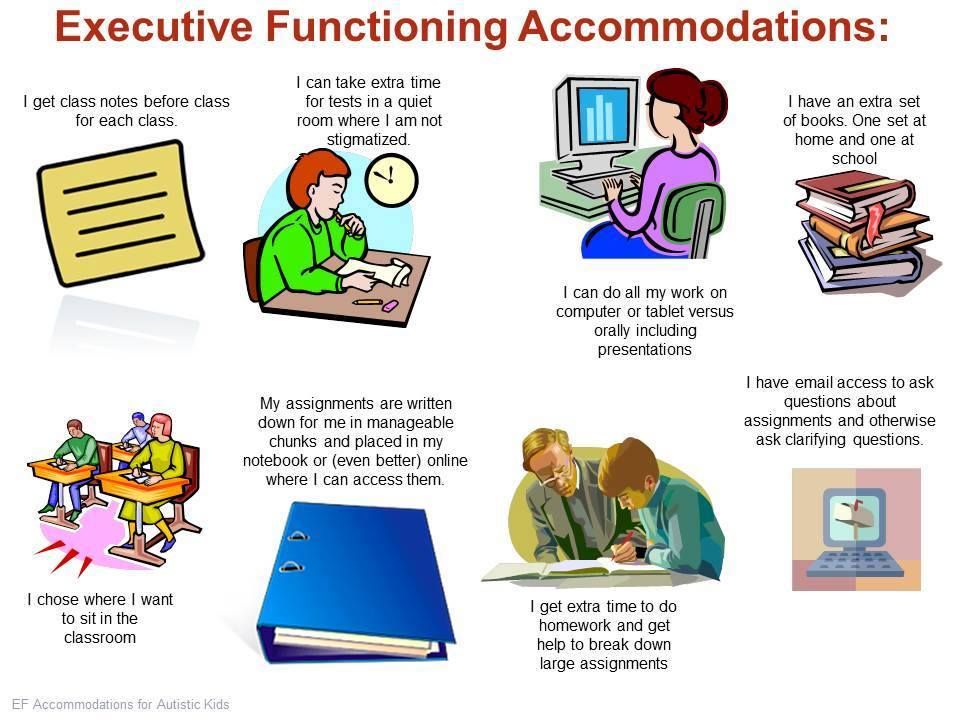The key factor in resilience is
Resilience
Key Concepts
Reducing the effects of significant adversity on children’s healthy development is essential to the progress and prosperity of any society. Science tells us that some children develop resilience, or the ability to overcome serious hardship, while others do not. Understanding why some children do well despite adverse early experiences is crucial, because it can inform more effective policies and programs that help more children reach their full potential.
One way to understand the development of resilience is to visualize a balance scale or seesaw. Protective experiences and coping skills on one side counterbalance significant adversity on the other. Resilience is evident when a child’s health and development tips toward positive outcomes — even when a heavy load of factors is stacked on the negative outcome side.
Over time, the cumulative impact of positive life experiences and coping skills can shift the fulcrum’s position, making it easier to achieve positive outcomes.The single most common factor for children who develop resilience is at least one stable and committed relationship with a supportive parent, caregiver, or other adult. These relationships provide the personalized responsiveness, scaffolding, and protection that buffer children from developmental disruption. They also build key capacities—such as the ability to plan, monitor, and regulate behavior—that enable children to respond adaptively to adversity and thrive. This combination of supportive relationships, adaptive skill-building, and positive experiences is the foundation of resilience.
Children who do well in the face of serious hardship typically have a biological resistance to adversity and strong relationships with the important adults in their family and community. Resilience is the result of a combination of protective factors. Neither individual characteristics nor social environments alone are likely to ensure positive outcomes for children who experience prolonged periods of toxic stress.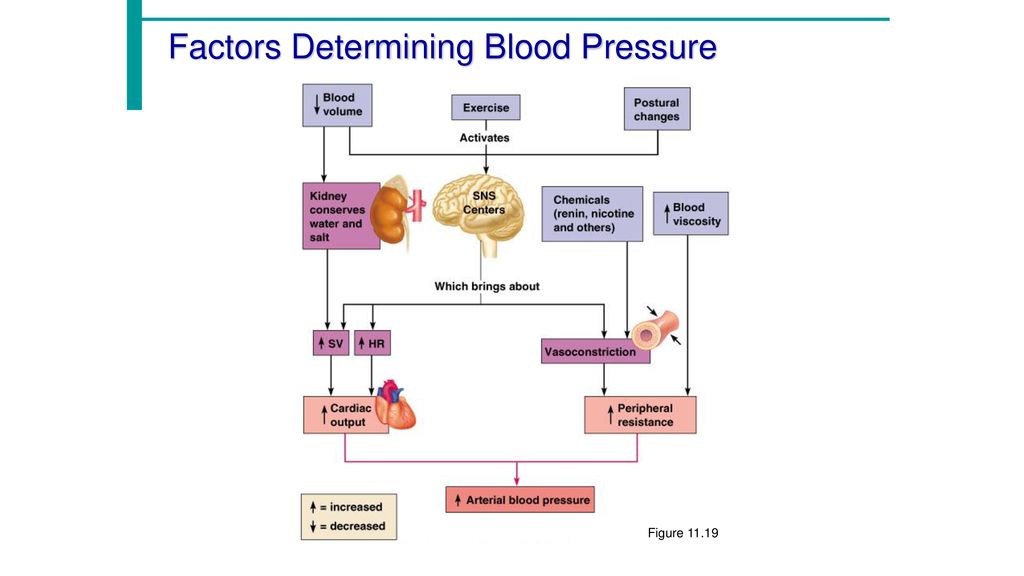 It is the interaction between biology and environment that builds a child’s ability to cope with adversity and overcome threats to healthy development.
It is the interaction between biology and environment that builds a child’s ability to cope with adversity and overcome threats to healthy development.
Research has identified a common set of factors that predispose children to positive outcomes in the face of significant adversity. Individuals who demonstrate resilience in response to one form of adversity may not necessarily do so in response to another. Yet when these positive influences are operating effectively, they “stack the scale” with positive weight and optimize resilience across multiple contexts. These counterbalancing factors include
- facilitating supportive adult-child relationships;
- building a sense of self-efficacy and perceived control;
- providing opportunities to strengthen adaptive skills and self-regulatory capacities; and
- mobilizing sources of faith, hope, and cultural traditions.
Learning to cope with manageable threats is critical for the development of resilience.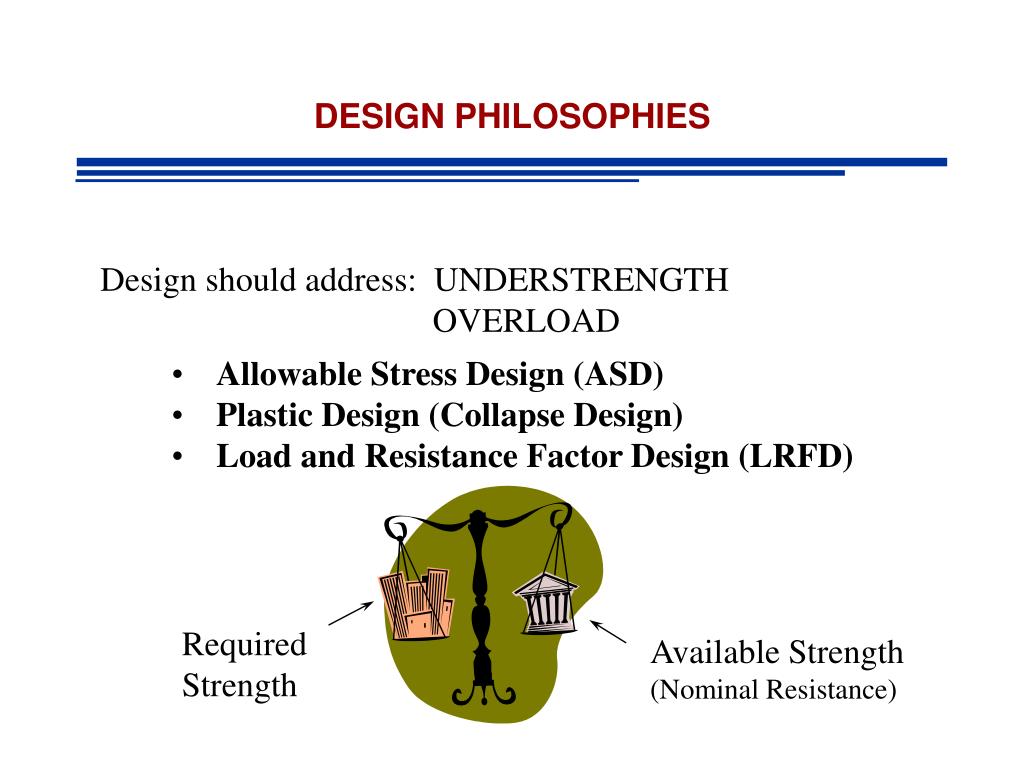 Not all stress is harmful. There are numerous opportunities in every child’s life to experience manageable stress—and with the help of supportive adults, this “positive stress” can be growth-promoting. Over time, we become better able to cope with life’s obstacles and hardships, both physically and mentally.
Not all stress is harmful. There are numerous opportunities in every child’s life to experience manageable stress—and with the help of supportive adults, this “positive stress” can be growth-promoting. Over time, we become better able to cope with life’s obstacles and hardships, both physically and mentally.
The capabilities that underlie resilience can be strengthened at any age. The brain and other biological systems are most adaptable early in life. Yet while their development lays the foundation for a wide range of resilient behaviors, it is never too late to build resilience. Age-appropriate, health-promoting activities can significantly improve the odds that an individual will recover from stress-inducing experiences. For example, regular physical exercise, stress-reduction practices, and programs that actively build executive function and self-regulation skills can improve the abilities of children and adults to cope with, adapt to, and even prevent adversity in their lives. Adults who strengthen these skills in themselves can better model healthy behaviors for their children, thereby improving the resilience of the next generation.
Adults who strengthen these skills in themselves can better model healthy behaviors for their children, thereby improving the resilience of the next generation.
View Related Key Concepts
What Key Skills Make You Resilient?
Mental health encompasses far more than the mere absence of disorders.
There are a number of dimensions when it comes to positive mental health, one of which is resilience.
Resilience is the process of being able to adapt well and bounce back quickly in times of stress. This stress may manifest as family or relationship problems, serious health problems, problems in the workplace or even financial problems to name a few.
Developing resilience can help you cope adaptively and bounce back after changes, challenges, setbacks, disappointments, and failures.
Research has shown that resiliency is pretty common. People tend to demonstrate resilience more often than you think. One example of resilience is the response of many Americans after the terrorist attacks of September 11, 2001, and individuals’ efforts to rebuild their lives.
Demonstrating resiliency doesn’t necessarily mean that you have not suffered difficulty or distress. It also doesn’t mean you have not experienced emotional pain or sadness. The road to resilience is often paved with emotional stress and strain.
The good news is resilience can be learned. It involves developing thoughts, behaviors, and actions that allow you to recover from traumatic or stressful events in life.
Before you read on, we thought you might like to download our 3 Resilience Exercises for free. These engaging, science-based exercises will help you to effectively deal with difficult circumstances and give you the tools to improve the resilience of your clients, students or employees.
This Article Contains:
- A Definition of the Resilient Person
- Traits, Qualities, and Characteristics of the Resilient Person
- The Main Factors Contributing to Resilience
- Is Resilience a Skill or Character Strength?
- Resilience Skills and How to Train Them
- Resilience Strategies for Coping and Bouncing Back Stronger
- Different Types of Resilience
- What are the Key Components and Elements of the Resilient Life?
- An Example of Resilient Behavior
- A Take-Home Message
- References
A Definition of the Resilient Person
There is an evolving definition when it comes to resilience.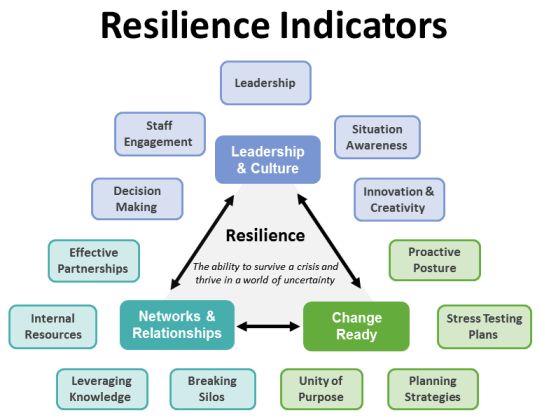 According to the American Psychological Association (APA) resilience is defined as the process of adapting well in the face of trauma or tragedy, threats or other significant sources of stress (Southwick et al., 2014)
According to the American Psychological Association (APA) resilience is defined as the process of adapting well in the face of trauma or tragedy, threats or other significant sources of stress (Southwick et al., 2014)
When it comes down to it, the concept of resilience is a complex one. In reality, resilience is more likely to exist on a continuum that may present itself in differing degrees across multiple domains of life. (Southwick et al., 2014)
For example, someone may be very resilient in the workplace but not as resilient in his or her personal life and personal relationships. In other words, the idea of resilience is relative and depends upon the situation.
Resilience may also change over time depending on your interactions and the environment around you. The more that is learned about resilience, the more potential there is for integrating these concepts into relevant areas of life.
This integration is beginning to foster an important shift in thinking. Clinicians and researchers are starting to sense the importance of focusing on evaluating and teaching methods to enhance resilience rather than continually focusing on or examining the negative consequences of trauma or stress.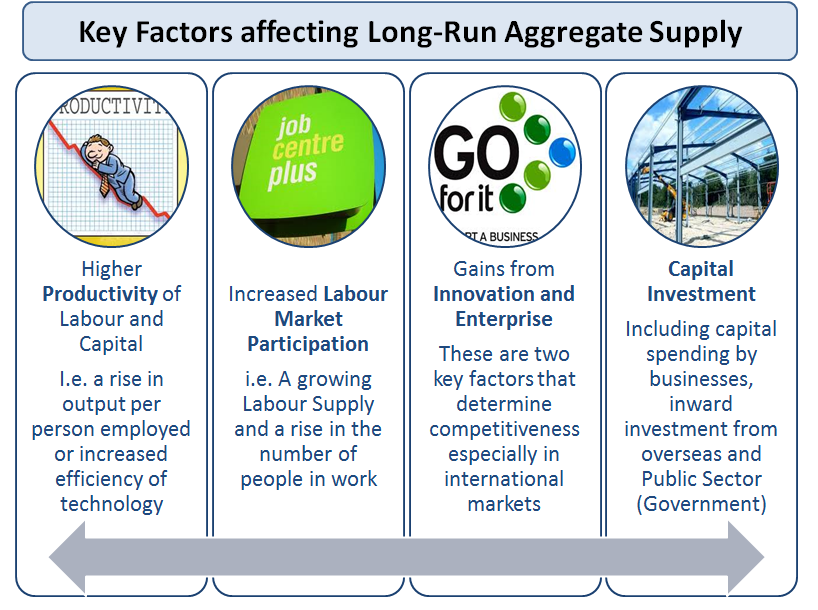
This is an important shift to pay attention to because it signifies a move away from a purely deficit-based model of mental health toward inclusion of strength and competency-based models. This allows greater focus on prevention and building strengths in addition to addressing psychopathology. (Southwick et al, 2014)
Developing skills of resilience can help you face challenges and difficulties in life, which can help you feel better and cope better.
In essence, resilience helps you handle stress more positively. Everything in life is about balance. Without the darkness, you would not appreciate the light. Without sadness, you would not appreciate joy. Like the yin and the yang, you need both positive and negative emotions and experiences to appreciate what you have.
Life isn’t always going to be easy – but it shouldn’t always be hard. Whatever you resist persists, so learning how to let go and adapt to change and adversity can really help you move into a new mindset, and develop more resilience along the way.
It’s natural to have a tendency to try and control things. There are things you can control in life but there are also things you cannot.
Developing resilience is a very personal process. Each of us reacts differently to stress and to trauma. Some people bounce back quickly while others tend to take longer. There is no magic formula.
What works well for one person may not necessarily work for another, which is one of the biggest reasons to learn multiple techniques for enhancing resilience.
Traits, Qualities, and Characteristics of the Resilient Person
According to Conner and Davidson (2003), resilient people have certain characteristics. These characteristics may include:
- Viewing change as a challenge or opportunity
- Commitment
- Recognition of limits to control
- Engaging the support of others
- Close, secure attachment to others
- Personal or collective goals
- Self-efficacy
- Strengthening effect of stress
- Past successes
- Realistic sense of control/having choices
- Sense of humor
- Action-oriented approach
- Patience
- Tolerance of negative affect
- Adaptability to change
- Optimism
- Faith
Conner and Davidson also developed the Conner-Davidson Resilience scale (CD-RISC), which is comprised of 25 items, each rated on a 5-point scale from 0-4 with higher scores that reflect a greater sense of resilience.
The scale was administered to general psychiatric outpatients, a clinical trial of generalized anxiety disorders, two clinical trials of PTSD and community samples.
The Conner-Davidson Resilience Scale
- Able to adapt to change.
- Close and secure relationships.
- Sometimes fate or God can help.
- Can deal with whatever comes.
- Past success gives confidence for new challenge.
- See the humorous side of things.
- Coping with stress strengthens.
- Tend to bounce back after illness or hardship.
- Things happen for a reason.
- Best effort no matter what.
- You can achieve your goals.
- When things look hopeless, you don’t give up.
- Know where to turn for help.
- Under pressure, focus and think clearly.
- Prefer to take the lead in problem-solving.
- Not easily discouraged by failure.
- Think of self as a strong person.
- Make unpopular or difficult decisions.
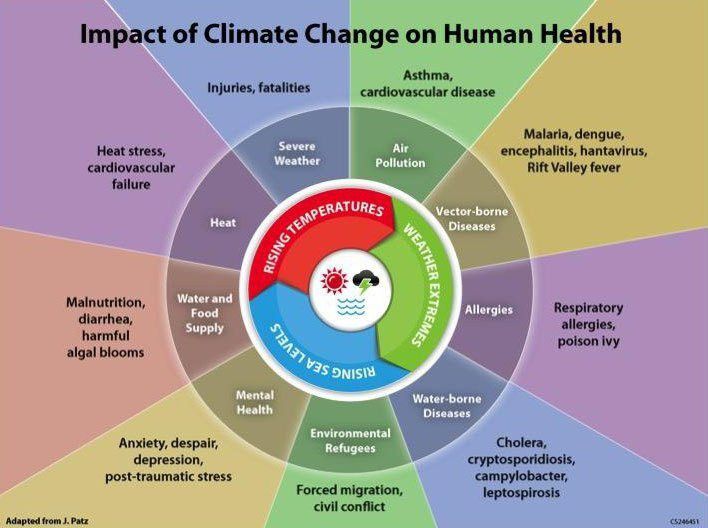
- Can handle unpleasant feelings.
- Have to act on a hunch.
- Strong sense of purpose.
- In control of your life.
- You like challenges.
- You work to attain your goals.
- Pride in your achievements.
By using this scale, the study concluded that resilience is quantifiable and influenced by health status, is modifiable, and can improve with treatment. Individuals with mental illness, for example, tend to have lower levels of resilience when compared with the general population.
Greater improvement of resilience also corresponds to higher levels of global improvement. The study also surmised that it is possible to perform well in one area such as work, in the face of adversity, but function poorly in another area, such as personal relationships.
Moreover, the study surmised that resilience may either be a determinant of response or an effect of exposure to stress. Further studies would be required to inform whether resilience predated exposure to trauma, protected against post-trauma or if through certain circumstances survivors developed further resilience after traumas occurred.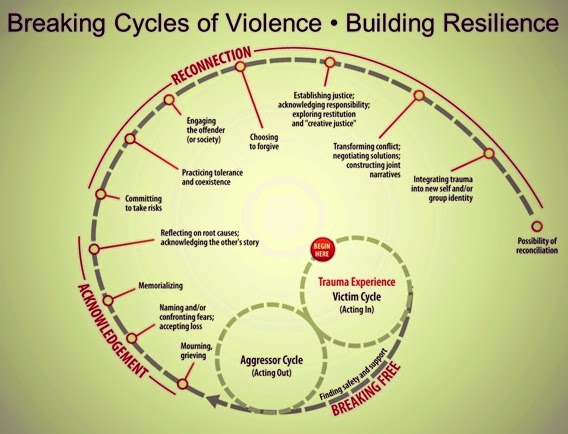
The Main Factors Contributing to Resilience
There are many ways to increase resilience. Some of those include having a good support system, maintaining positive relationships, having a good self-image and having a positive attitude.
Other factors that contribute to resiliency include:
- Having the capacity to make realistic plans.
- Being able to carry out those plans.
- Being able to effectively manage your feelings and impulses in a healthy manner.
- Having good communication skills.
- Having confidence in your strengths and abilities.
- Having good problem-solving skills.
Developing resiliency can help you maintain caring relationships with others and help you maintain a positive and easygoing disposition. It can also help you develop good coping skills and improve cognitive thinking skills.
Those who develop resilience tend to cope much better with life than those who aren’t resilient and they may even be happier.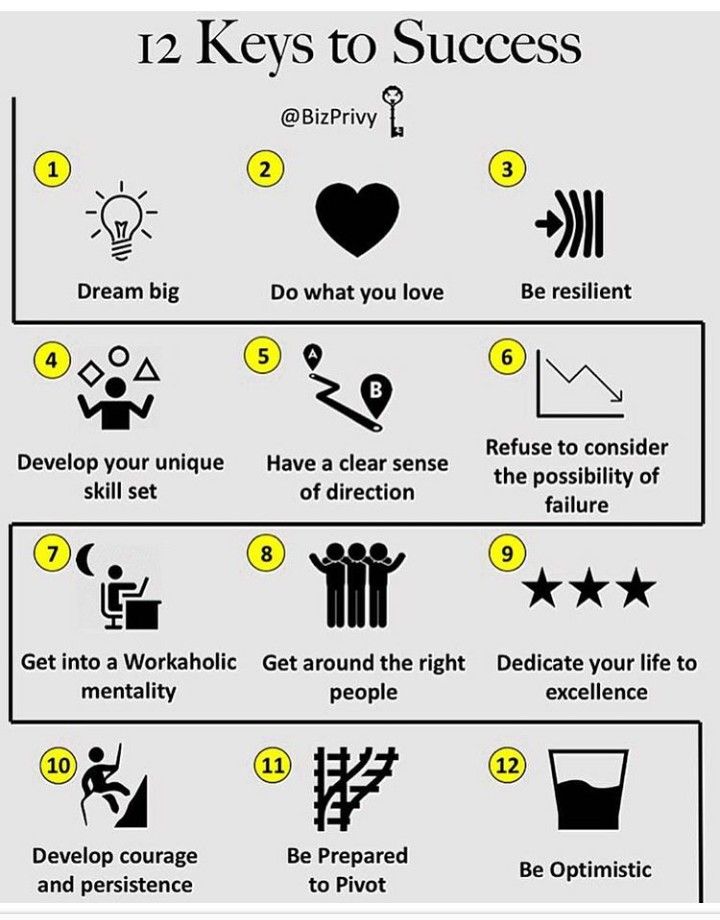
Some people are naturally more resilient, however, you can work to enhance your level of resilience. You can learn how to bounce back from adversity in a healthy manner.
In the end, resilience is a skill that can be cultivated and nurtured.
Is Resilience a Skill or Character Strength?
Clinical psychologist Christina G. Hibbert, Psy. D. defines resilience as the ability to bounce back after life tears you down.
Those who are more resilient have learned to move past obstacles and challenges in a healthy way.
Resilient people learn and know how to weather the storms of life that come along. They have also learned how to set themselves back on even ground after a stressful event.
Joyce Marter, LCPC, a therapist and owner of a counseling practice, describes resilience as the strength to continue on the path that you know to be true, despite challenges and obstacles.
Your level of resilience determines how quickly you get back up when the air gets knocked out of you.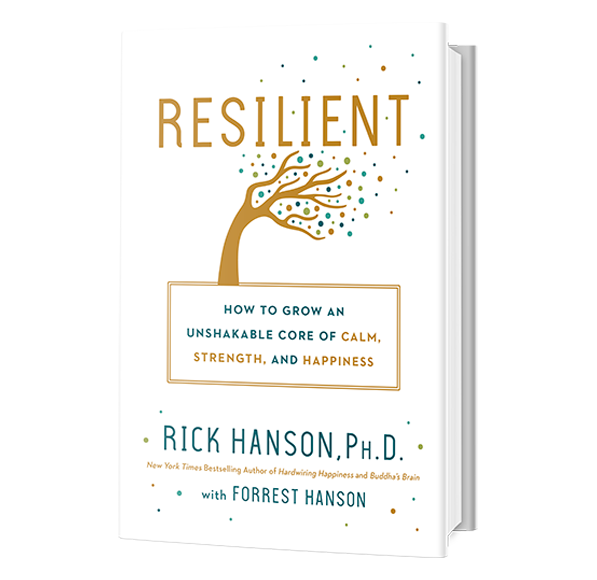 It helps you push through life’s circumstances and meet challenges head-on.
It helps you push through life’s circumstances and meet challenges head-on.
Resilience has even been compared to learning how to play the guitar. When you first try to play, your fingers get sore and you get frustrated. Some may even quit after the second or third lesson.
A resilient person pushes past that initial discomfort and soon begins to realize that there are greater joy and satisfaction ahead.
As part of this process, your fingers get tougher and stronger the more you practice. Pretty soon the process becomes effortless and even enjoyable.
In essence, your fingers become more resilient the more you practice. The more you play, the more your fingers are able to tolerate the string tension, and the strength required to play well.
Learning to play the guitar is a great metaphor for resilience. What it tells us is that resilience is a character trait and a strength that can be learned.
Resilience Skills and How to Train Them
Sydney Ey, Ph.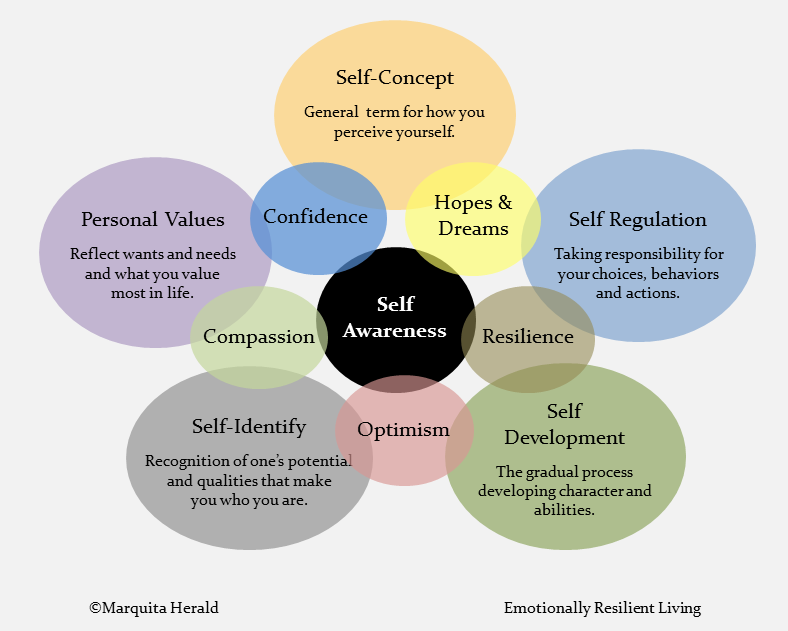 D. an Associate Professor in the Department of Psychiatry at Oregon Health & Science University has developed a Resilience Building webinar. Viewers will come to recognize what builds and what depletes resilience.
D. an Associate Professor in the Department of Psychiatry at Oregon Health & Science University has developed a Resilience Building webinar. Viewers will come to recognize what builds and what depletes resilience.
Going through the below exercise can help you create a plan for managing resilience and help you learn more about yourself in terms of your strengths and weaknesses.
Resilience Building Plan Worksheet
- Recognize Your Signs of Stress.
- Where do you feel stress in your body?
- What are some of the bad habits you engage in when feeling stressed?
- Focus on Building Physical Hardiness.
- What kind of small changes can you invest in to improve your health? (Better sleep, better nutrition, hydration, exercise, etc.)
- List one small change you can make now.
- Strengthen the Relaxation Response – Calm Body and Calm Mind.
- List some activities at home that could help you relax.
- List some activities at work that could help you relax.

- Try out some new relaxation skills such as mindfulness or meditation apps such as Calm or Headspace.
- Try some self-soothing activities such as:
- Tactile (Holding something comforting or soothing)
- Smell (Smell of lavender, fresh air)
- Visual (Puppy or kitten photos, looking out the window, etc.)
- Auditory (Listen to music, listen to sounds of nature)
- Taste (Drinking some tea, eating chocolate)
- Identify and Use Your Strengths.
- Describe a time when you were able to overcome or handle a major challenge in life.
- What did you learn about yourself?
- What personal strengths did you draw upon?
- Draw upon an image of when you were the most resilient.
- How might you apply this strength now?
- Increase Positive Emotions on a Daily Basis.
- Identify sources of humor or joy.
- Express gratitude, visit someone or write a letter.
- List your accomplishments.

- Engage in Meaningful Activities.
- Notice what happened in your day that was meaningful on a regular basis.
- What kinds of activities did you find meaningful?
- Identify activities that put you in the flow. (Enjoyable things you do that cause you to lose track of time.)
- Counter Unhelpful Thinking.
- Write down what you are thinking about when you get stressed and then ask: What is the worst that can happen and could I survive it? What is the best that could happen? What would I tell a friend in a similar situation?
- If you can’t stop thinking about something, write about it a couple of times over a 4-week period for about 15 minutes each time. Notice how your story changes or your perspective becomes clearer each time.
- If you are being hard on yourself, practice self-compassion and learn to be kind to yourself. Give yourself a mental break or a pat on the back.
- Remember a hero, a coach or a mentor that encouraged you when you doubted yourself.
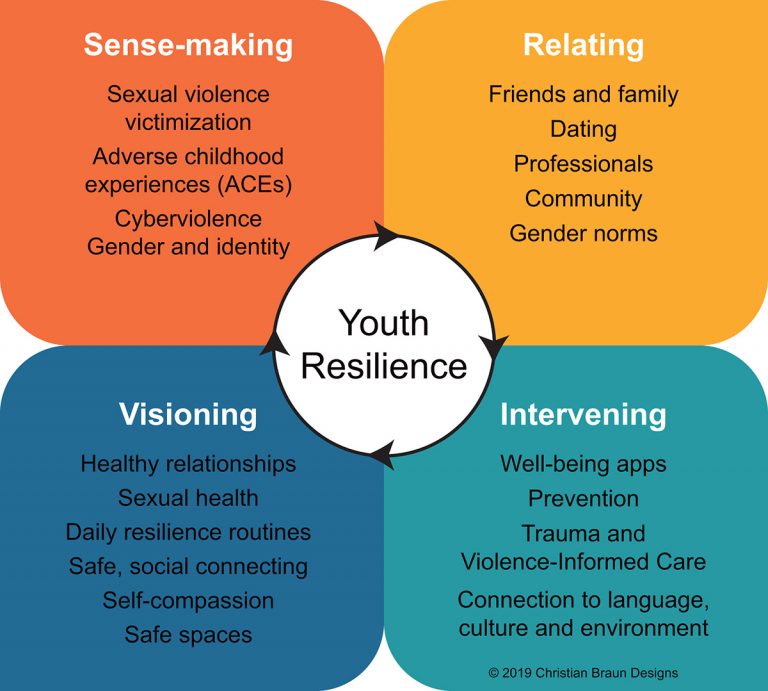
- Create a Caring Community.
- Connect with friends and family on a regular basis.
- Identify your sources of support.
- Work
- At home.
- In the community.
- Practice good communication and conflict resolution skills.
Another great option for building resilience is the 4-factor approach created by Deborah Serani, Psy. D. The 4-factor approach is a great option for helping clients better understand the concept of resilience. Serani, a clinical psychologist, uses this approach with her clients.
The 4-factor Approach
- Stating the facts.
- Placing blame where it belongs.
- Reframing.
- Giving yourself time.
This unique approach can help you learn how to develop skills of resilience. Serani uses the idea of a bad car crash as a tool for building resilience.
Let’s assume you crashed your car and have some injuries. As a result of this, you may even need to miss work for a few days in order to heal.
The first step involves simply listing or talking about the trauma without magnifying it. For example, you might say to yourself, “I wrecked my car and I got hurt. However, I was able to call for help and get myself patched up and get the car fixed.”
The second step involves taking ownership, but not beating yourself up. Instead of blaming yourself, you could simply say: “OK, I wrecked my car. It happens. It was dark and it was an accident. I’m OK.”
The third step involves reframing and re-evaluating the event in your mind. This might also be known as looking for the silver lining. Things could have been worse. You could have been seriously injured or hurt someone else. Reframing involves looking for the bright side of the situation and finding something to be grateful for.
Finally, the last step involves giving yourself some time to heal and adjust after the trauma.
Engaging in this simple process can go a long way to helping you heal and feel more resilient.
By going through this 4-step process, you can train your brain and your mind to think differently. You can learn to look at situations differently and find that silver lining. The more you engage in this process, the more resilient you will be overall.
The Realizing Resilience Masterclass
The Realizing Resilience course does so much more than just teach you the six pillars of mastering resilience. It also equips you to help others deal with the challenges in life.
This highly acclaimed masterclass provides you with ample tools and materials to apply the science behind resilience in a mindful way.
Consisting of six modules, you will earn a certificate upon completion of the online course and join an elite group of HR Managers, counselors, therapists, coaches, teachers and healthcare workers who are all passionate about helping others build-up their resilience.
Resilience Strategies for Coping and Bouncing Back Stronger
It’s also important to be aware of counselor burnout, according to Irene Rosenberg Javors, a psychotherapist in private practice in New York City.
According to Javors, there are some basic tips therapists can follow that can act as a toolbox for developing strategies for resilience skills for combatting fatigue and burnout. (Javors, 2015)
Self-care plan for therapists who experience counseling burnout:
- Exercise.
- Make time for solitude.
- Engage in positive self-talk.
- Get out more and experience life.
- Learn from failure.
- Cultivate both humor and curiosity.
- Have realistic expectations for yourself and your client.
It can be exhausting working with those who are struggling in life. As therapists, it’s important to remember to engage in good self-care habits to prevent burnout. These may seem like simple tips, but they are important ones to keep in mind.
Exercise provides a wonderful opportunity for stress relief. Doing some kind of daily exercise like taking a walk or doing some stretching or yoga can go a long way to helping you cope with counseling burnout.
It’s also important to make time for solitude and remember to engage in positive self-talk. A therapist is literally entering into a client’s world, which can be psychologically intensive.
Because of that, it’s important to take some time to detox and self-reflect. Taking time to meditate, journal and to repeat positive suggestions can go a long way to helping you feel more balanced.
There will be setbacks and failures over time, so it’s also important to learn when to take a step back and spend time with family and friends. When all else fails, the best strategy might be one of humor and curiosity because it helps you remember that learning to be more resilient is a process.
Different Types of Resilience
According to Genie Joseph, M.A. adjunct professor at Chaminade University in Hawaii, and the creator of the Act Resilient program, there are three basic types of resilience.
1. Natural Resilience
Natural resilience is that resilience you are born with and the resilience that comes naturally. This is your human nature and your life force.
This is your human nature and your life force.
Those with natural resilience are enthusiastic about life’s experiences and they are happy to play and learn and explore. Natural resilience allows you to go forth and do your best even if you get knocked down and taken off track.
One example of natural resilience is that of young children under the age of seven. Assuming they have not had any major trauma in life, children of this age typically have an abundant and inspiring approach to life.
2. Adaptive Resilience
Adaptive resilience is the second type. This might also be thought of as ‘trial by fire.’ This occurs when challenging circumstances force you to learn and change and adapt. Learning how to roll with life’s punches can help you build resilience and grow stronger as a result.
3. Restored Resilience
The third type of resilience is known as restored resilience. This is also known as learned resilience.
You can learn techniques that help build resilience, and, as a result, restore that natural resilience you had as a child.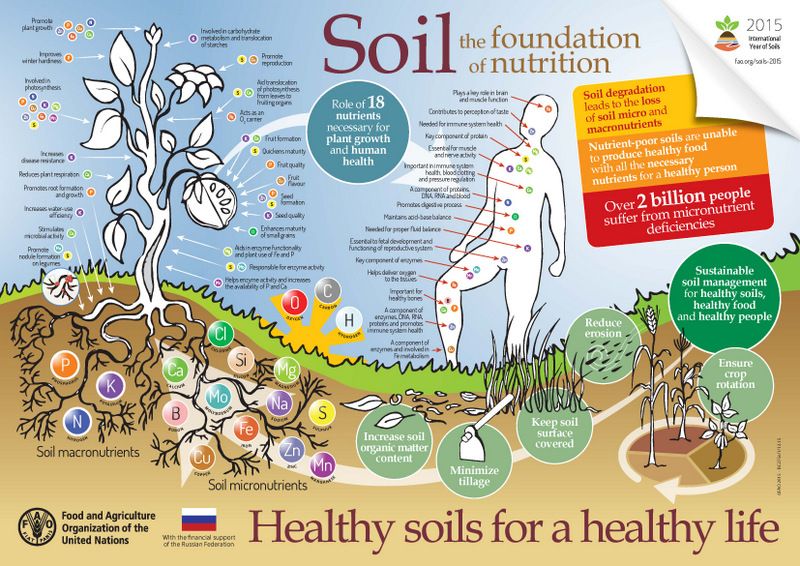 Doing so can help you deal with past, present and future traumas in a healthier fashion.
Doing so can help you deal with past, present and future traumas in a healthier fashion.
Each of these methods can be thought of as a resilient tank. Although it would be great if someone were strong in all three types of resilience, it’s not always necessary. Greater amounts of resilience in one type can compensate for lower amounts in others.
Stress and trauma tend to lower resilience over time, especially multiple repeated incidents of trauma. Trauma tends to get stuck in the brain leaving you on high alert or fight or flight mode continually. This can continue to manifest, even if the trauma is no longer present.
Being in a constant state of trauma can be emotionally and physically draining.
Each of us is, in essence, hard-wired for survival. The oldest part of your brain, the reptilian brain, is always working to protect you and guard you. While this may have served the caveman well, it doesn’t necessarily help you feel calm or relaxed.
Dr. Herbert Benson, director emeritus of the Benson-Henry Institute for Mind Body Medicine at Massachusetts General Hospital has devoted much of his career to learning how people can counter the stress response.
Benson recommends several techniques that can help elicit the relaxation response, which includes:
- Deep abdominal breathing.
- Focusing on a soothing word like peace or calm.
- Visualizing a tranquil scene like a beach or a park.
- Engaging in repetitive prayer.
- Doing something physical like Yoga or Tai-Chi.
Many people find it hard to manage stress, because stress has become a way of life. A certain amount of stress can serve as a motivating factor, but a little goes a long way.
When you sense danger, whether it is real or imagined, your body’s fight or flight response and your nervous system kick into high gear.
Your body is well-equipped and even hardwired to handle most types of stressful situations but too much stress can cause you to break down. In a sense, stress is your body’s warning system and a signal that something needs to be addressed.
The relaxation response is a simple technique that you can learn that can help you counteract the toxic effects of chronic stress. It slows your breathing rate, relaxes your muscles and can even help reduce your blood pressure.
It slows your breathing rate, relaxes your muscles and can even help reduce your blood pressure.
Chronic stress can take a toll on your mind and body. According to the Harvard Medical School, low-grade chronic stress can even lead to things like high blood pressure, increased muscle tension and an increased heart rate. (According to Harvard Medical School, 2011)
People who have low resilience may feel:
- Depressed
- Victimized
- Demoralized
- Hopeless
- Disconnected
- Tired or fatigued
- Stressed out
- Find it difficult to continue
What are the Key Components and Elements of the Resilient Life?
According to Shing (2016), one major factor that contributes to resilience is the experience of harnessing positive emotions, even in the midst of an especially trying or stressful time.
Positivity improves resilience in a number of ways according to Shing. First, positive emotions help you build up social, psychological, and physical resources over time, which could help you develop coping skills during future times of stress.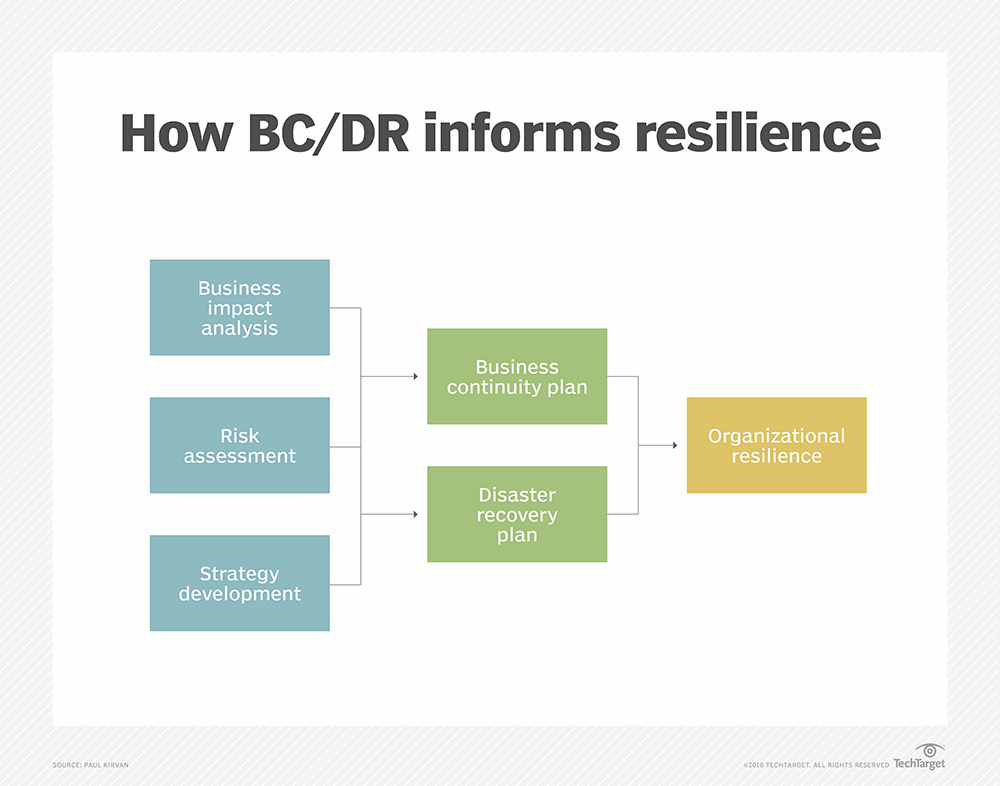
According to Fredrickson’s broaden-and-build theory (Fredrickson, 1998), positive emotions can help broaden your momentary thoughts, actions, and attention to your surroundings. One example of this is the emotions of joy and interest, which help encourage you to approach loved ones and forge stronger bonds and interpersonal connections.
Positive emotions help build personal resources, which can act as a buffer from psychological distress in stressful situations. Positive emotions may even undo the harmful effects of negative emotions when experienced in the midst of a stressful situation.
Beyond positive emotions, resilience is also associated with the experience of autonomy, mastery, and vitality (Shing, 2016) This can help you be more effective at managing challenging tasks and help you live life with more energy and vitality.
Decades of research in well-being suggest that satisfaction in life may not solely be derived from positive emotions alone, but also through feeling a sense of independence and competence, as it pertains to personal goals and values.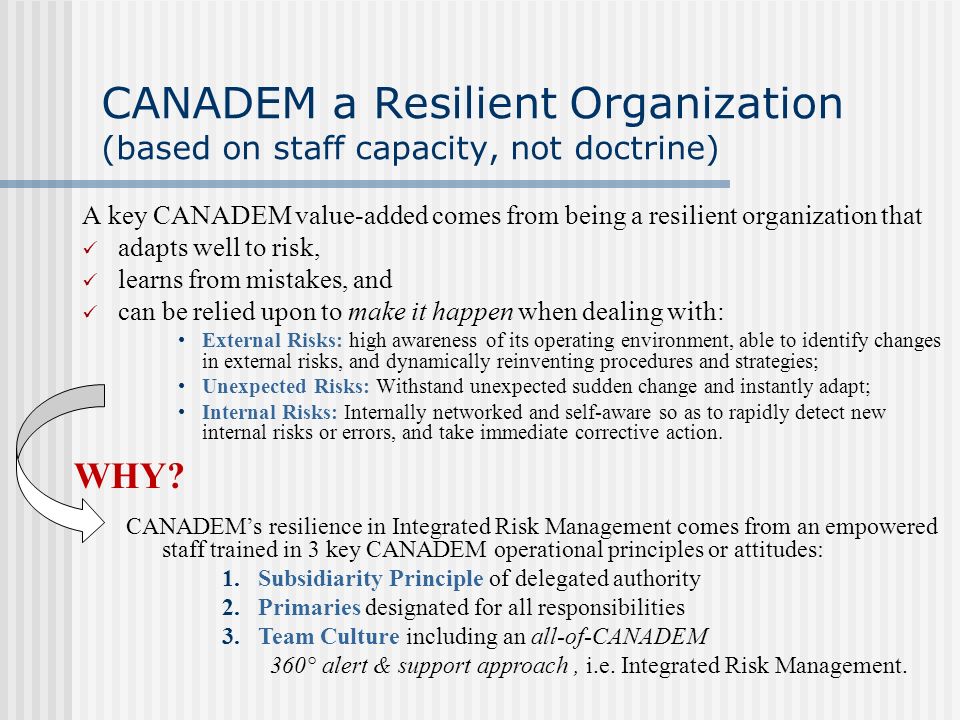
This tendency is known as eudaimonic well-being and it has to do with your individual perception of fulfillment in life. This eudaimonic perspective on resilience is coupled with other psychological constructs as well, such as hardiness.
Those who are hardy tend to possess a greater sense of control over their surroundings and event outcomes. As a result, they view stressors as less distressing overall. Those who are hardy also tend to believe they have more personal resources at their disposal, which helps them feel more resilient.
Henry Emmons M.D. talks about creating the chemistry of calm. As an integrative holistic psychiatrist Emmons has worked with thousands of patients, many with severe disabling conditions.
Emmons has treated many of his patients with medications, but also believes there are other factors for healing and recovery beyond medication.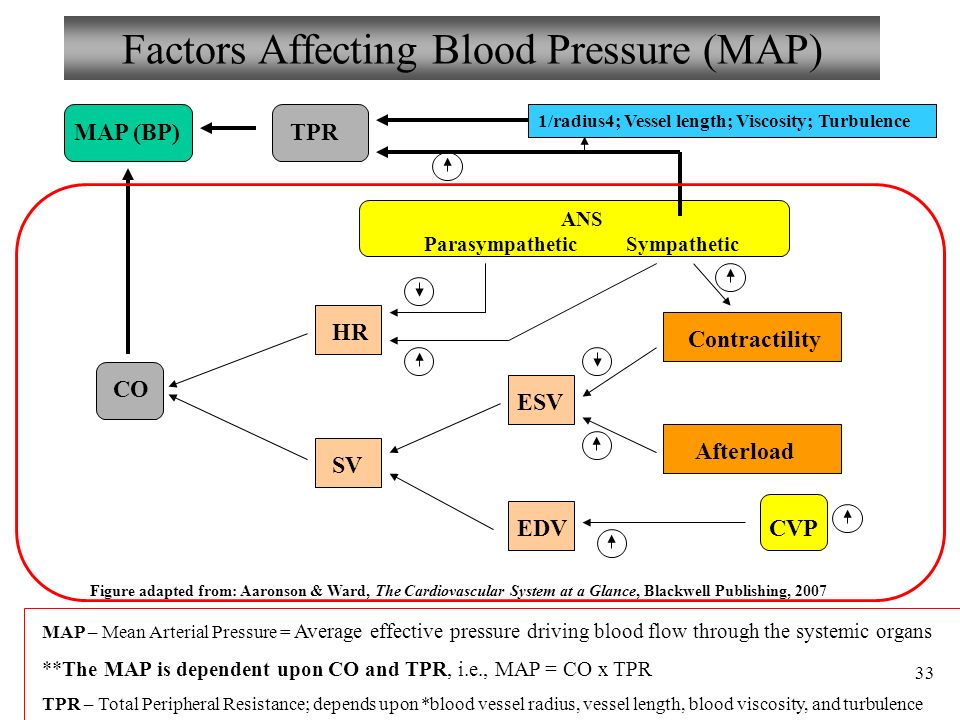
Emmons believes that is within our human nature to be resilient and to be able to face the stressors and losses of life. There are things we can do according to Emmons to help bolster our skills of resilience. These are known as the seven roots of resilience.
Seven Roots of Resilience
- Balancing brain chemistry.
- Managing energy.
- Aligning with nature.
- Calming the mind.
- Skillfully facing emotions.
- Cultivating a good heart.
- Creating deep connections.
Emmons also refers to something called the whole person change process, as a way to build resilience. Emotions such as anxiety and depression affect both the emotional and physical body in a sense. Because of this, all aspects of yourself need to be incorporated into the healing process.
The whole person change process involves several principles. The first core principle is the idea of the pathway. This pathway leads to a more joyful and resilient life and it also requires a dose of self-acceptance.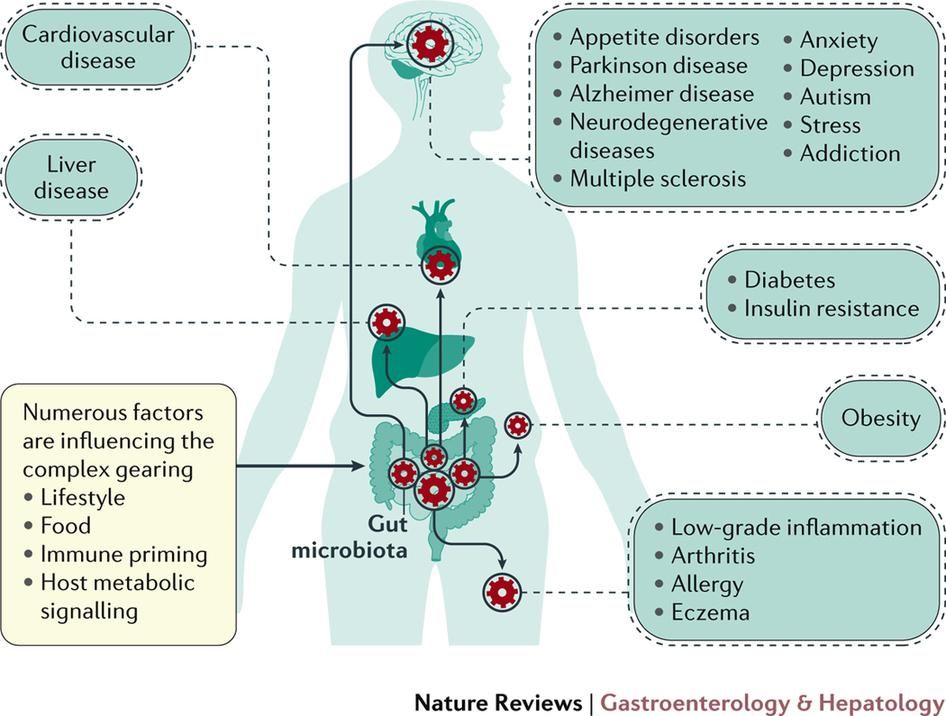
This is much more than a simple self-improvement project. It involves accepting yourself and your life exactly as they are at this moment in time.
This is the opposite approach of someone who is continually striving for self-improvement. Self-improvement often involves criticism and a drive to be better.
The Japanese call this idea of the tension created by acceptance and the desire for change ‘arugamama‘, or a state of unconditional acceptance.
This means accepting yourself and your life in the moment. This can also be combined with the intention to act in positive ways to create change.
The next core principle of the whole person change process is the idea that change begins within. This might involve honoring yourself and being willing to listen deeply. It might also involve connecting mindfully and compassionately with your inner suffering.
The next core principle is the idea of being resistant to change.
Some amount of resistance is natural and normal, but it must be dealt with if you have a desire to build resilience.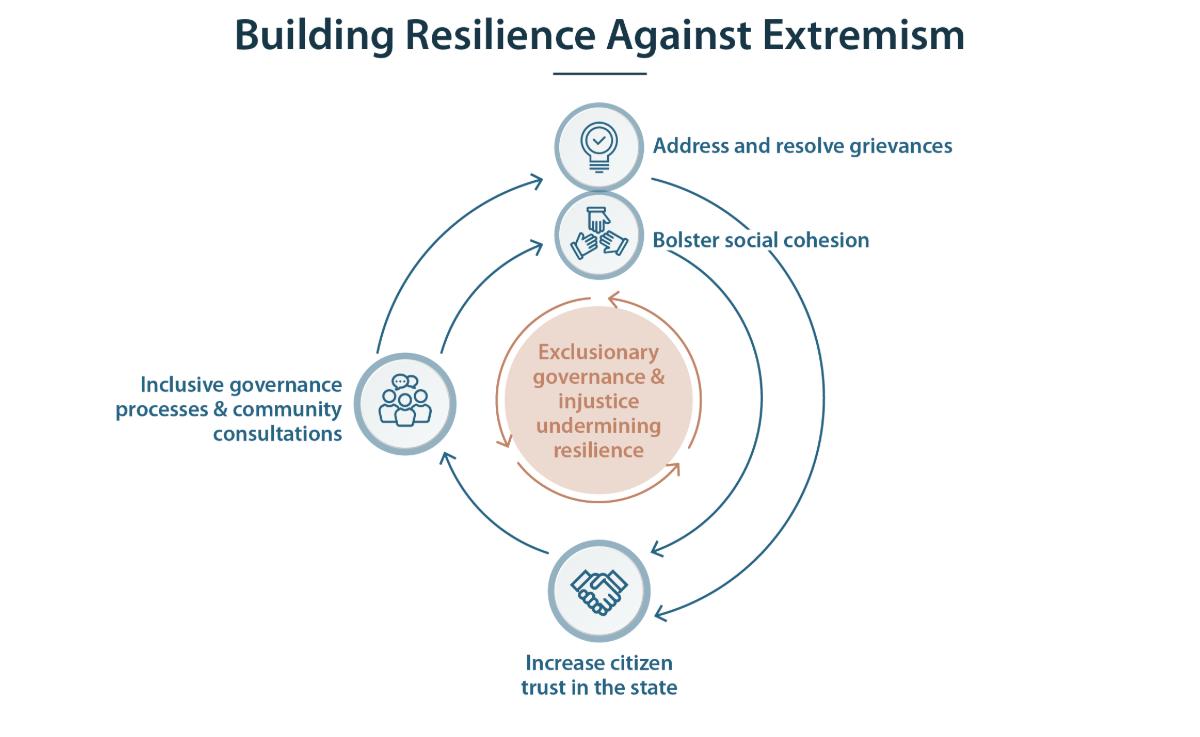 The ability to look deep within and look at even those parts of yourself that are resistant is an important part of this process.
The ability to look deep within and look at even those parts of yourself that are resistant is an important part of this process.
Change is a process and a messy one at best. Looking at change as a process is the next principle.
The truth is that change is not a simple linear process for most people. We don’t always experience continuous and sequential improvement. Each of us imagines that perfect life, but we usually experience setbacks along the way. Being resilient can help you manage your expectations.
Change often happens with connections, which is another core principle. In the individualistic Western culture, the onus is often put on the individual. Aligning with this principle means accepting the role of others in your pursuit of success.
Success often involves building a network of connections that can help you achieve your goal. This network might include family, friends or those in the community.
An Example of Resilient Behavior
There are many examples of resilient behavior.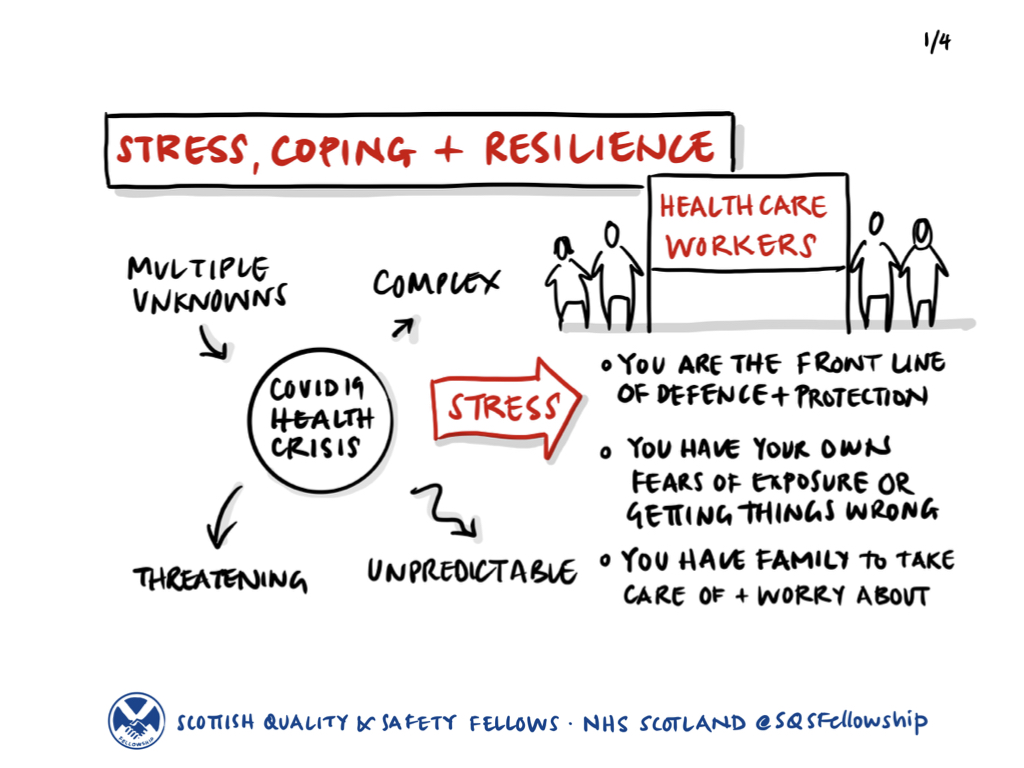 Some characteristics of resilient behavior include:
Some characteristics of resilient behavior include:
- Viewing setbacks as impermanent.
- Reframing setbacks as opportunities for growth.
- Recognizing cognitive distortions as false beliefs.
- Managing strong emotions and impulses.
- Focusing on events you can control.
- Not seeing yourself as a victim.
- Committing to all aspects of your life.
- Having a positive outlook on the future and developing a growth mindset.
One example of viewing a setback as impermanent would be a salesperson losing a client. They could either look at this as a troubling event or as something that is only temporary. In the end, losing one client, even a large one, is not the end of the world. Staying flexible and having some perspective, can help you realize that there are millions of clients for you to attract.
Reframing is another wonderful technique. Let’s say someone went on a job interview but didn’t get the job. A resilient person would realize that perhaps that wasn’t the job for them.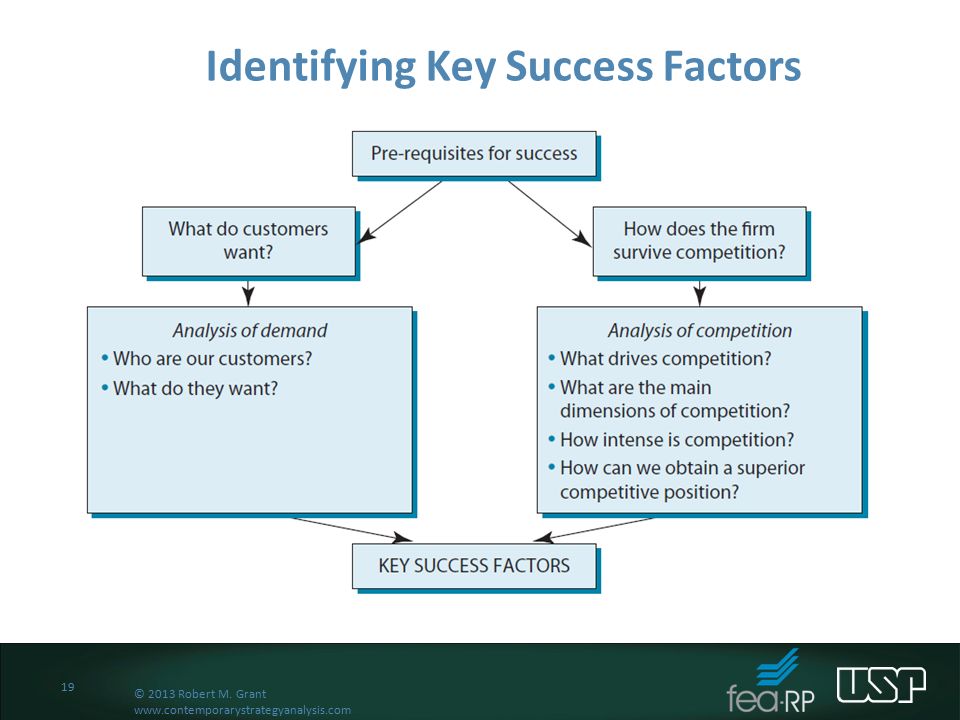 They would pull their resources together and begin looking at alternative options for opportunities.
They would pull their resources together and begin looking at alternative options for opportunities.
Cognitive distortions also come into play. Cognitive distortions are basically false beliefs. These are things we convince ourselves are true which reinforce negative thinking. The challenge is in reframing these distortions into a more resilient frame of mind.
One example is someone who is experiencing a flight delay on an airline. A non-resilient person might think that bad stuff always happens to them. They might also think a flight delay is terribly inconvenient. As a result of this thinking, they might then experience anger or stress.
A resilient person could change their thinking, upon recognizing the negative frame of mind. As a result, they could tell themselves that instead of getting anxious they could stop and have a nice meal or read a good book. These new resilient thoughts can help them manage the inconveniences of life and reduce stress.
Managing strong emotions and impulses is another key factor in resilience. Let’s say someone gets angry. They could either take their anger out on someone nearby or learn to move on and stay focused.
Let’s say someone gets angry. They could either take their anger out on someone nearby or learn to move on and stay focused.
Focusing on events you can control is another great example of resilient behavior. Some things are simply out of our control. Traffic would be one of those things. You can either get angry and yell at fellow drivers, or turn on some music or think of new ideas for your next project. The choice is yours.
Not seeing yourself as a victim is also key. If you continually see yourself as a victim in life, you will keep building on that mindset. A resilient person would understand that sometimes things just happen. They are not a victim.
Committing to all aspects of your life means understanding that everything in your life is interconnected. What this means is that there isn’t any one thing that will suddenly make you happy. For example, getting the perfect job or finding that perfect love relationship may not be enough to counteract other difficulties in life.
A resilient person understands that success or failure in one area of life often affects all the other areas of life as well.
Having a positive outlook of the future and developing a growth mindset is probably one of the simplest things you can do to build resilience. Cultivating a growth mindset involves the desire to be open and adaptable and learning to change.
A Take-Home Message
There are many ways to build resilience so that it becomes your natural tendency. Try some of these strategies the next time you feel your resilience needs a boost.
- Turn off the news and seek other sources of inspiration.
- Allow yourself to express and feel your emotions. Sometimes having a good cry can be emotionally cleansing.
- Take a walk and get moving. Exercise and movement can help increase your energy level, and release endorphins into your system.
- Remember a time when you felt resilient in the past. Tap into what allowed you to find a sense of courage, strength, and hardiness.

- Talk with someone you love and trust. Have a meaningful and honest conversation.
- Take some time off to recharge. Unplug the electronic devices and give yourself a moment to rest and reflect.
- Think of someone who exudes resiliency and model his or her behavior.
- Go within and connect with your higher power through meditation or prayer.
- Write it down. Writing down your thoughts and feelings can help you feel better about where you are on this journey.
- Reconnect with others and help build their resiliency.
- Be kind to yourself. Have some compassion and ease up on your expectations.
- Listen to empowering music.
- Take some deep breaths. Breathing deeply is very healing and cleansing.
- Take some inspired action. When you’re feeling overwhelmed, doing one small thing can help you move forward.
- Practice mindfulness in your day-to-day life. The more you practice being in the moment the happier and more joyful you will feel.

- The moment you start believing that you can bounce back is the same moment things will start going your way. Your belief is everything. You can learn to be more resilient.
We hope you enjoyed reading this article. Don’t forget to download our 3 Resilience Exercises for free.
- American Psychological Association. 2018. The Road to Resilience. [Online]. [18 December 2018]. Available from: https://www.apa.org/helpcenter/road-resilience.aspx
- Cohen, H. 2017. What is Resilience? [Online]. [12/18/18]. Available from: https://psychcentral.com/lib/what-is-resilience/
- Compas, B. E., Banez, G. A., Malcarne, V., & Worsham, N. (1991). Perceived control and coping with stress: A developmental perspective. Journal of Social Issues, 47(4), 23-34.
- Conner, K. M., M.D., & Jonathan, D. R., M.D. (2003). Development of a new resilience scale: The Connor‐Davidson Resilience Scale (CD‐RISC). Depression and Anxiety, 18(2), 76-82.
 Retrieved December 24, 2018.
Retrieved December 24, 2018. - Emmons, H. 2010. The Chemistry of Calm: Restoring the Elements of a Resilient Life. [Online]. [12/18/18]. Available from: https://www.psychologytoday.com/us/blog/the-chemistry-calm/201010/the-chemistry-calm-restoring-the-elements-resilient-life
- Ey., S. Ph. D (n.d.). Resilience Building Plan Worksheet. Retrieved December 22, 2018, from https://www.ohsu.edu/people/sydney-ey/CDB7A65DBCA64011AAFB2DAEC0F57C07
- Friedman, Harris L.; Robbins, Brent Dean. Humanistic Psychologist. Jan-Mar 2012, Vol. 40 Issue 1, p 87-102. 16p.
- Harvard health publishing, 2018. Understanding the stress response. [Online]. [12/18/18]. Available from: https://www.health.harvard.edu/staying-healthy/understanding-the-stress-response
- Horneffer-Ginter, K. 2013. 25 Ways to Boost Resilience. [Online]. [12/18/18]. Available from: https://www.psychologytoday.com/us/blog/design-your-path/201305/25-ways-boost-resilience
- Javors, Irene Rosenberg.
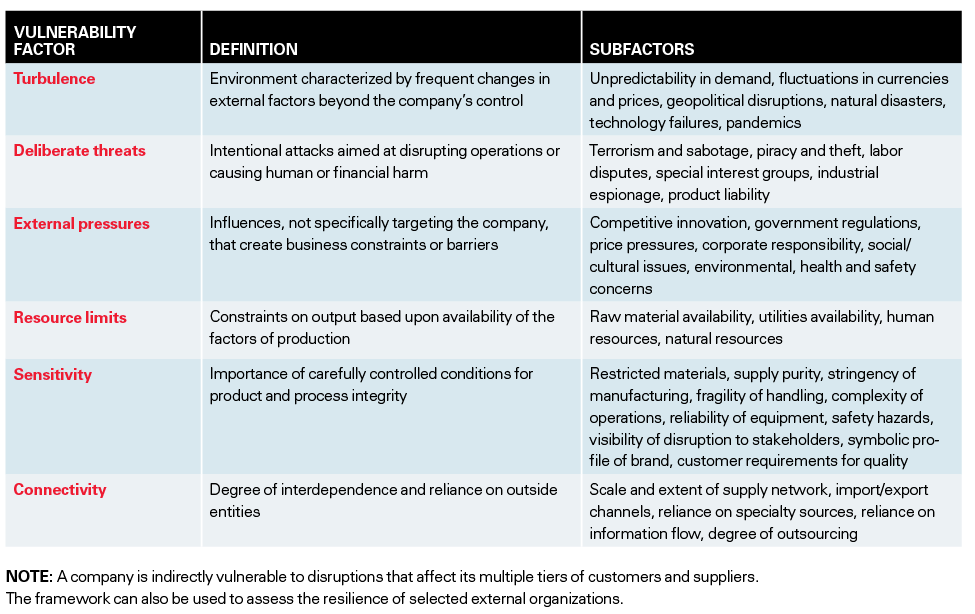 Annals of Psychotherapy & Integrative Health. 2015, p1-2. 2p., Database: Academic Search Complete
Annals of Psychotherapy & Integrative Health. 2015, p1-2. 2p., Database: Academic Search Complete - Joseph, G. 2012. The Three Types of Resilience. [Online]. [12/18/18]. Available from: http://act-resilient.org/Site/Blog/Entries/2012/8/28_The_Three_Types_of_Resilience.html
- Martin, B. 2016. Fight or Flight. [Online]. [12/18/18]. Available from: https://psychcentral.com/lib/fight-or-flight/
- Masten, A. S., & Coatsworth, J. D. (1998). The development of competence in favorable and unfavorable environments: Lessons from research on successful children. American Psychologist, 53(2), 205-220.
- Rosenberg Javors, Irene, M.Ed.; LMHC is a psychotherapist in private practice in NYC. She is the author of ‘Culture Notes: Essays on Sane Living’ (2010). Contact her at [email protected] Cultivating Resilience: Tips for Therapists
- Shing, E.Z, Jayawickreme, E & Waugh, C.E. 2016. Contextual Positive Coping as a Factor Contributing to Resilience After Disasters.
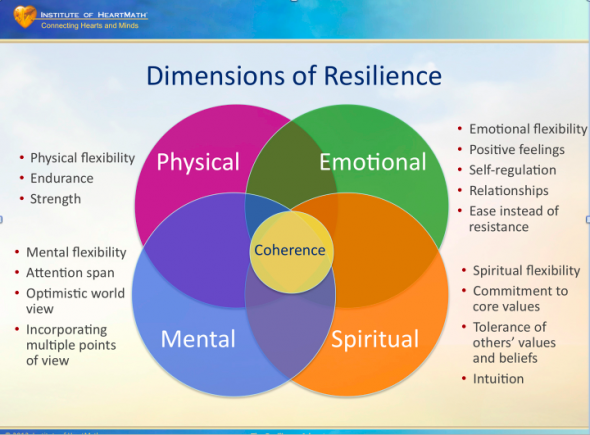 Journal of Clinical Psychology, 72(12), pp.
Journal of Clinical Psychology, 72(12), pp. - Southwick et al. (2014). Resilience definitions, theory, and challenges: interdisciplinary perspectives. European Journal of Psychotraumatology, 5(25338).
- Tartakovsky, M. 2016. Therapists Spill: How to Strengthen Your Resilience. [Online]. [12/18/18]. Available from: https://psychcentral.com/lib/therapists-spill-how-to-strengthen-your-resilience
- Waters, B. 2013. 10 Traits of Emotionally Resilient People. [Online]. [12/18/18]. Available from: https://www.psychologytoday.com/us/blog/design-your-path/201305/10-traits-emotionally-resilient-people
KEY FACTORS OF SUSTAINABILITY OF THE SOCIO-ECONOMIC DEVELOPMENT OF THE TERRITORY
df.
11. Manning, E. (1992). Managing sustainable tourism: Indicators for better decisions. Paper read at 1992 World Congress on Adventure Travel and Ecotourism, 1992. Available at: http://nsgl.gso.uri.edu/washu/washuw99203/22-Manning.pdf.
12. McCool F. Making tourism sustainable, sustainable tourism, and what should tourism sustain: different questions, different indicators // School of Forestry the University of Montana Missoula, Montana (U.S.A.), 2014, pp. 315-325 Available at: //nsgl.gso.uri.edu/washu/washuw99003/32-McCool.pdf.
McCool F. Making tourism sustainable, sustainable tourism, and what should tourism sustain: different questions, different indicators // School of Forestry the University of Montana Missoula, Montana (U.S.A.), 2014, pp. 315-325 Available at: //nsgl.gso.uri.edu/washu/washuw99003/32-McCool.pdf.
13. Meyboom, J. (1993). Canada's Approach to Sustainable Tourism. In: Proceedings - 23rd Travel and Tourism Research Association Canada Conference. Whistler, B. C., 1993
14. Ensuring Sustainability // The International Union for Conservation of Nature Available at: https://www.iucn.org/about/union.
15. European Tourism Indicator System Available at: ec.europa.eu>DocsRoom/documents/6657/attachments/.
16. Global Sustainable Tourism Criteria. Available at: www.ermes.net/pdf/global-sustainable-tourism-criteria.pdf.
17. GSTC Destination Criteria. Available at: https://www.gstcouncil.org/gstc-criteria/gstc-destination-criteria/ (Accessed 12/10/2017)
18.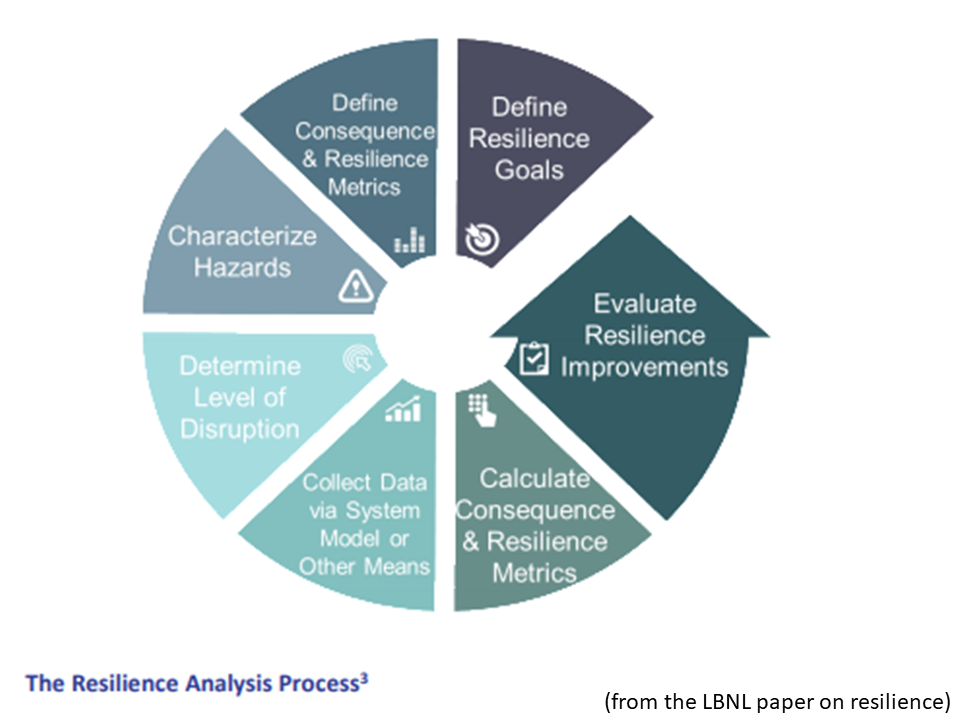 Indicators of Sustainable Development for Tourism Destinations: A Guidebook Published and printed by the World Tourism Organization, Madrid, Spain. 2004, 516 rubles Available at: http://www.adriaticgreenet.org/icareforeurope/wp-content/uploads/2013/11/Indicators-of-Sustainable-Development-for-Tourism-Destinations-A-Guide-Book-by-UNWTO.pdf .
Indicators of Sustainable Development for Tourism Destinations: A Guidebook Published and printed by the World Tourism Organization, Madrid, Spain. 2004, 516 rubles Available at: http://www.adriaticgreenet.org/icareforeurope/wp-content/uploads/2013/11/Indicators-of-Sustainable-Development-for-Tourism-Destinations-A-Guide-Book-by-UNWTO.pdf .
19. Sustainable tourism in the alps. Report on the State of the Alps. Alpine Convention. Alpine Signals. Special edition. Available at: http://www.alpconv.org.
A.V. Volkov
Deputy Director for Research, Candidate of Economics, Sochi Research Center of the Russian Academy of Sciences
A.V. Volkov
Deputy Director for Research, PhD in Economic sciences Sochi Research Center of the Russian Academy of Science (89183058414 aleksandr. v. volkov@ya. ru) T.A. Volkova-Goncharova
Deputy Director for Production, Candidate of Economics, JSC "SAR for City Cleaning"
T.A. Volkova-Goncharova Deputy Director for manufacturing, PhD in Economic sciences JSC "SAHfor city cleaning" (89183079282 benking@mail.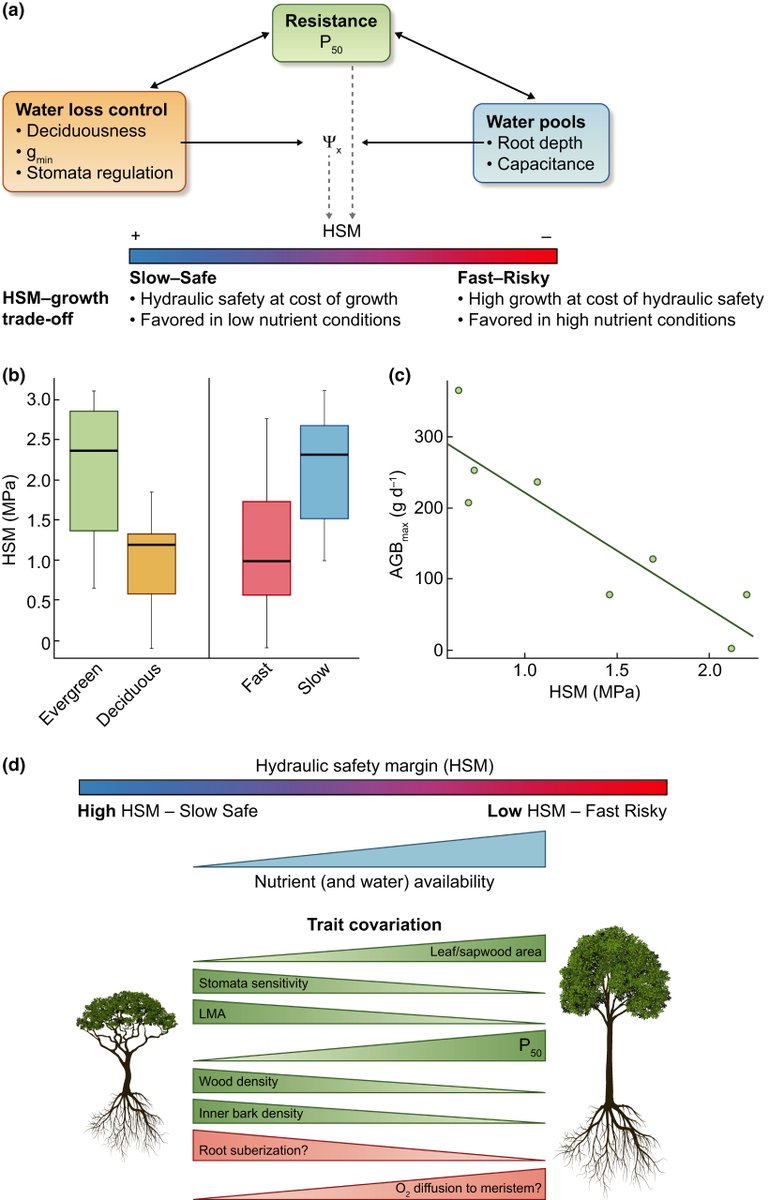 ru)
ru)
A.R. Simonyan Leading Researcher, Candidate of Physical and Mathematical Sciences, Sochi Research Center of the Russian Academy of Sciences
A.R. Simonyan
Leading Researcher, PhD in Physico-mathematical sciences Sochi Research Center of the Russian Academy of Science (89181017404 [email protected])
KEY FACTORS OF SUSTAINABLE SOCIO-ECONOMIC DEVELOPMENT OF THE TERRITORY
Annotation. At the present stage of the country's socio-economic development, in the context of economic sanctions from the US and the EU, the problem of ensuring the sustainable development of territories is becoming more and more urgent, which is directly related to the solution of economic, social and environmental problems, the tasks of financial sustainability. The sustainable development of territories is understood as the balanced development of economic, social and environmental subsystems in order to meet the needs of present and future generations in the long term based on a harmonious combination of the interests of man and society, which contributes to increasing the stability of the national socio-economic system as a whole on the principles of federalism [1]. It is possible to identify a set of key factors that affect the sustainability of the socio-economic development of the territory.
It is possible to identify a set of key factors that affect the sustainability of the socio-economic development of the territory.
The practical application of the key factors and prerequisites that affect the sustainable development of territories is an indispensable element for the successful solution of the set task of sustainable development. In the work, the main focus of the study is on the key factors of the socio-economic development of the territory, which affect the stability and balance of the territory. With the help of these factors, it is possible to identify both positive and negative trends in the development of the territory. The main purpose of the work is to study the influence of key factors and conditions on the sustainable development of the territory. The paper concludes that the key factors of the socio-economic development of the territory have a different impact on the level of sustainable development of the territory,
but, at the same time, their relationship implies a stable and balanced state of the territory.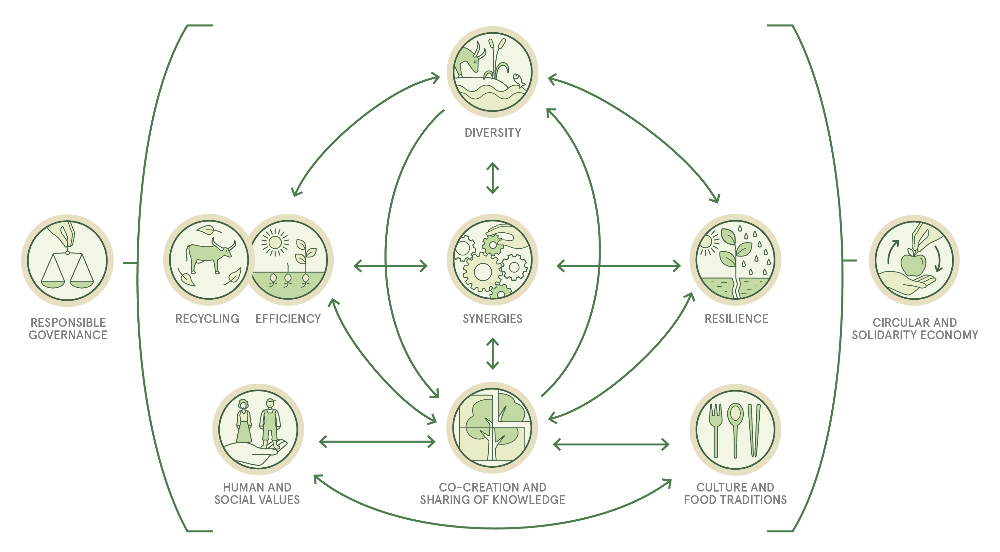
Annotation. At the present stage of the country's social and economic development, under the conditions of economic sanctions by the US and the EU, the problem of ensuring sustainable development of the territories becomes more urgent, which is directly related to the solution of economic, social and environmental problems and financial stability.
Sustainable development of the territories means the balanced development of the economic, social and environmental subsystems in order to meet the needs of present and future generations in the long term, based on a harmonious combination of human and social interests, contributing to the stability of the national socio-economic system as a whole on the principles of federalism. One can single out a set of key factors that affect the stability of the socio-economic development of the territory. Practical application of key factors and mandatory conditions affecting the sustainable development of the territories is an indispensable element for the successful implementation of the set task of sustainable development. In the work, the main focus of the study was made on the key factors of the socio-economic development of the territory, which affect the stability and balance of the territory. With the help of these factors, it is possible to identify both positive and negative trends in the development of the territory. The main goal of the work is to study the influence of key factors and conditions on the sustainable development of the territory. The paper concludes that the key factors of the socio-economic development of the territory have different effects on the level of sustainable development of the territory, but at the same time their interrelationship suggests a stable and balanced state of the territory.
In the work, the main focus of the study was made on the key factors of the socio-economic development of the territory, which affect the stability and balance of the territory. With the help of these factors, it is possible to identify both positive and negative trends in the development of the territory. The main goal of the work is to study the influence of key factors and conditions on the sustainable development of the territory. The paper concludes that the key factors of the socio-economic development of the territory have different effects on the level of sustainable development of the territory, but at the same time their interrelationship suggests a stable and balanced state of the territory.
Key words: sustainable development, socio-economic interests, environmental interests, strategies, conflicts, unions.
Key words: sustainable development, socio-economic interests, ecological interests, strategies, conflicts, associates.
Sustainable socio-economic development of the territory is the result of parallel implementation of processes of economic, social and environmental development combined in pairs in the areas of ensuring long-term economic growth, general welfare, reproduction of human and natural capital.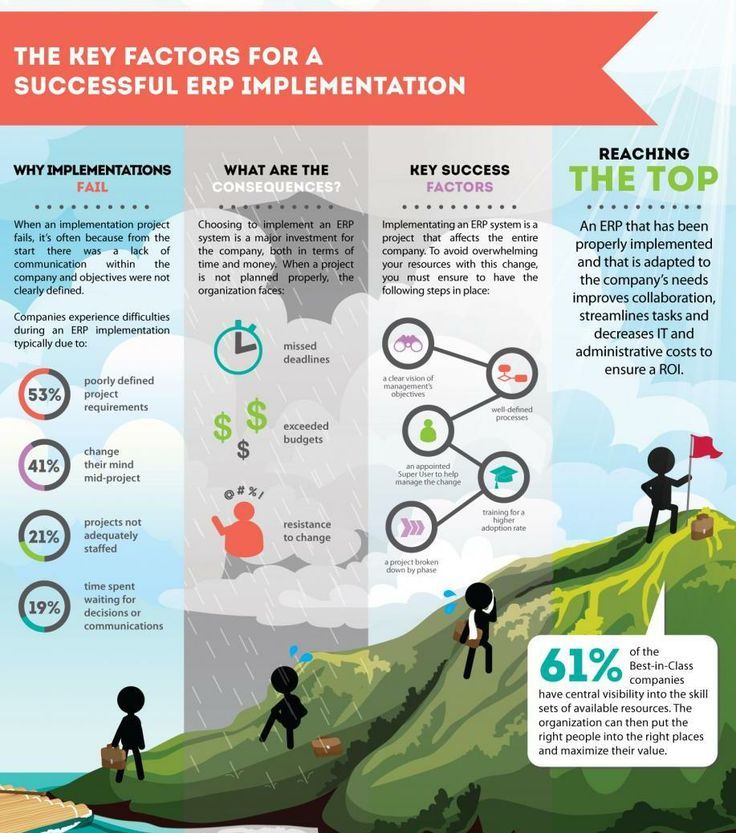 The combination of these processes, as well as the observance of rational proportions between different areas, is ensured by the action of the institutions necessary for this. At the same time, it is necessary to take into account that the source of these processes and the formation of relevant institutions are the interests of various individuals and groups. The latter, in the first approximation, can be designated as the population, business (entrepreneurs) and the state (including local self-government).
The combination of these processes, as well as the observance of rational proportions between different areas, is ensured by the action of the institutions necessary for this. At the same time, it is necessary to take into account that the source of these processes and the formation of relevant institutions are the interests of various individuals and groups. The latter, in the first approximation, can be designated as the population, business (entrepreneurs) and the state (including local self-government).
The economic development of the territory is based on the realization of the interests, first of all, of business, and only then of the population and the state. Moreover, for business, economic activity in a given territory and its associated economic development are not an end in itself, but a tool for implementing the strategy-vector of its development, which lies in a plane limited by two antagonist strategies.
The first of these is the strategy of often predatory economic development of non-renewable or long-term renewable resources of the territory, obtaining “quick” profits through this, accumulating significant financial resources on its basis, directed to create sources of rent or to acquire (create) already fit into the organizational , economic and environmental framework for the sustainable development of a "highly civilized" business that introduces and actively uses green technologies, but in other "highly developed" territories. The latter is a second frontier business development strategy antagonistic to the first.
The latter is a second frontier business development strategy antagonistic to the first.
A typical example of the implementation of this business strategy at the local level was the development over the past ten years of the residential and, to a lesser extent, commercial real estate market in Sochi, especially in the pre-Olympic period, characterized by the presence of excessive demand. It was during this decade that there was a practice of largely spontaneous mass building of the city to the detriment of its economic system and tourist function with residential and commercial real estate on the lands of industrial enterprises, sanatorium and other institutions, green spaces without the corresponding development of engineering and road infrastructure, the creation the required number of parking spaces
road transport, etc. A clear answer was not formulated to a strategically important question regarding the places of employment of new residents of the city who purchased this property, the capacities of the social sphere for their treatment, education of their children, etc.
In a number of cases, due to legislative restrictions on the use of certain categories of land, the registration and sale of constructed objects were carried out according to “bypass” schemes, which meant not only difficulties with the further circulation of these objects on the secondary market, but also their “unrecorded” from the point of view of actual functionality, spasmodic growth due to this load on the existing infrastructure of the territories where they are located, deterioration of the environmental, crime situation here, etc. Ultimately, in this case, we are talking about a typical example of short-term unsustainable economic development, in the process of which, due to largely deliberate (due to the effectiveness of corruption mechanisms) inefficient state and municipal regulation, current economic benefits motivated their beneficiaries to form such disproportions in the development of the social sphere , economy and ecology of the territory, which will be overcome for decades. Moreover, in the vast majority of cases, the beneficiary of this process was a non-resident and foreign (or quasi-foreign) business. At the country level, the implementation of the business strategy described above is embodied in those low and medium developed (so-called developing) countries where there is an outstripping growth of the resource sector of the economy, coupled with a high level of capital outflow.
Moreover, in the vast majority of cases, the beneficiary of this process was a non-resident and foreign (or quasi-foreign) business. At the country level, the implementation of the business strategy described above is embodied in those low and medium developed (so-called developing) countries where there is an outstripping growth of the resource sector of the economy, coupled with a high level of capital outflow.
Obviously, in the absence of developed institutions of environmental protection, regulation in the interests of society and the local community, investment and urban planning activities, etc. turning it in one form or another into a source for "pumping out" resources becomes almost inevitable. However, the presence of such institutions does not mean an automatic reverse process of investment in the territory in business models that fully meet the requirements of its sustainable development. On the contrary, for business, these institutions act as effective factors in increasing the price of an “entrance ticket” and operating costs, thereby lengthening the payback period for investment projects, reducing their rates of return, etc. Investing in a long-term project in the presence of such restrictions becomes expedient only if the territory offers significant competitive advantages that justify these additional costs. These may include a high quality of life, forcing to associate long-term life plans with this territory (this factor is especially significant for capital, the income from which is planned in the form of rent), the presence on the territory of the best human resources for certain types, as a rule, high-tech economic activities (which again, ultimately, is most often associated with indicators of quality of life), the possibility of penetrating new protected markets (for example, the European Union), etc. Accordingly, the search or creation of such competitive advantages that can attract a strategic investor, despite the presence of severe institutional restrictions on its economic activity, is today becoming one of the key factors in the sustainable socio-economic development of the territory. These advantages, we believe, must necessarily be combined with such universally binding institutional conditions for development in the territory of economic activity, such as inviolability of private property, independence of the courts, accountability and efficiency of state and municipal authorities, active opposition to corruption, etc.
Investing in a long-term project in the presence of such restrictions becomes expedient only if the territory offers significant competitive advantages that justify these additional costs. These may include a high quality of life, forcing to associate long-term life plans with this territory (this factor is especially significant for capital, the income from which is planned in the form of rent), the presence on the territory of the best human resources for certain types, as a rule, high-tech economic activities (which again, ultimately, is most often associated with indicators of quality of life), the possibility of penetrating new protected markets (for example, the European Union), etc. Accordingly, the search or creation of such competitive advantages that can attract a strategic investor, despite the presence of severe institutional restrictions on its economic activity, is today becoming one of the key factors in the sustainable socio-economic development of the territory. These advantages, we believe, must necessarily be combined with such universally binding institutional conditions for development in the territory of economic activity, such as inviolability of private property, independence of the courts, accountability and efficiency of state and municipal authorities, active opposition to corruption, etc.
In this regard, the properties of medium and small businesses are somewhat different compared to large ones. This business is less mobile, more inclined to conduct its business activities within the same municipality or, at most, a region. The psychological attitude of the owners and management of small and medium-sized businesses is largely reduced to the understanding that this territory is a place of life for them and for their descendants. Accordingly, in the economic behavior of these subjects, the psychological inclination to predatory models that cause long-term or irreparable damage to the environment is less pronounced. At the same time, however, a lower propensity does not mean the impossibility of appropriate behavior: this kind of harm is highly likely to be caused if the decision-makers believe that the sanctions for it will be insignificant or at least less than
benefits and benefits received.
Moreover, in the aggregate, small business does not mean in this case little harm. In the absence of effective institutional mechanisms that create barriers to the considered model of business behavior, the number of economic entities implementing it will increase exponentially (including due to the fact that they will exchange experience and take each other's example, gradually turning misconduct into a behavioral pattern). As a result, the damage they cause will grow in the same geometric progression, gradually turning into significant and further into irreparable and catastrophic. Thus, the formation of effective institutional barriers to irresponsible economic behavior turns into a prerequisite for sustainable socio-economic development of the territory, regardless of the size of the business that prevails in its economic system.
In the absence of effective institutional mechanisms that create barriers to the considered model of business behavior, the number of economic entities implementing it will increase exponentially (including due to the fact that they will exchange experience and take each other's example, gradually turning misconduct into a behavioral pattern). As a result, the damage they cause will grow in the same geometric progression, gradually turning into significant and further into irreparable and catastrophic. Thus, the formation of effective institutional barriers to irresponsible economic behavior turns into a prerequisite for sustainable socio-economic development of the territory, regardless of the size of the business that prevails in its economic system.
As in the case of business, from the point of view of the population, the economic development of the territory is an important factor for them, but not an object of direct interest. In this case, the direct interests of the population are the growth of its income, as well as the increase in the availability of various categories of goods and services for it, which ultimately means an increase in the quality of its life.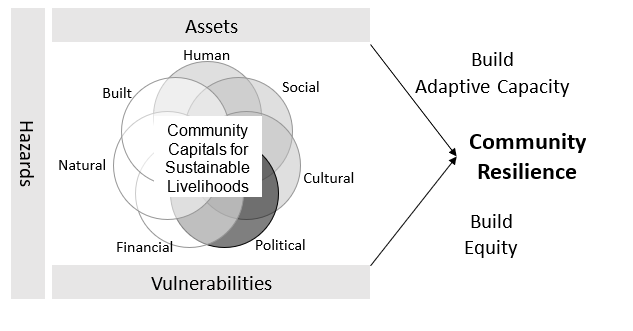 Moreover, this kind of increase in affordability can be expressed in various forms: in the form of increased affordability, when the prices of goods and (or) services remain or fall against the background of growing or unchanged incomes, and in the form of increased non-price affordability, when an increasing supply is geographically or using Information technology “brings” goods and services closer to the consumer, reduces his time and money costs associated with choosing, purchasing and consuming them.
Moreover, this kind of increase in affordability can be expressed in various forms: in the form of increased affordability, when the prices of goods and (or) services remain or fall against the background of growing or unchanged incomes, and in the form of increased non-price affordability, when an increasing supply is geographically or using Information technology “brings” goods and services closer to the consumer, reduces his time and money costs associated with choosing, purchasing and consuming them.
Both the increase in income and the increase in the availability of goods and services for the population are the results of economic growth, expressed in the growth in the number of entities engaged in economic activities, intensification of competition between them, on the one hand, for labor resources, which is associated with an increase in their prices and , respectively, the income of the population, and, on the other hand, for the consumer, which is associated with an increase in the availability of goods and services for the population.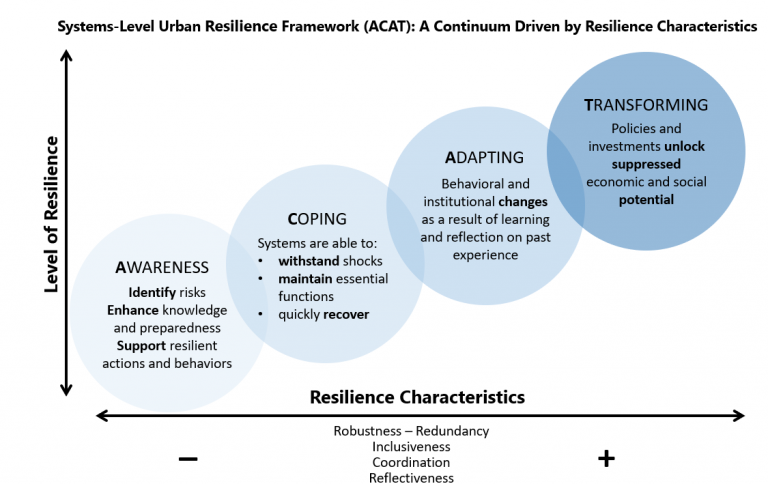 In addition, the growth of competition inevitably leads to innovation, complication and "intellectualization" of the product produced by the economic system of the territory, an increase in the number of redistributions, which imposes new requirements on the labor resources of the territory and gradually brings them to a new level of development. This fact makes the growth of incomes received by the population in the form of wages for their work economically justified. No less justified is the growth of entrepreneurial income due to an increase in the level of manufacturability of manufactured products and the associated increase in value added as part of its price.
In addition, the growth of competition inevitably leads to innovation, complication and "intellectualization" of the product produced by the economic system of the territory, an increase in the number of redistributions, which imposes new requirements on the labor resources of the territory and gradually brings them to a new level of development. This fact makes the growth of incomes received by the population in the form of wages for their work economically justified. No less justified is the growth of entrepreneurial income due to an increase in the level of manufacturability of manufactured products and the associated increase in value added as part of its price.
On the contrary, economic growth associated with the monopolization of the economy and the extensive development of monopolies, in principle, is not capable of leading to the described effects, because, firstly, it “freezes” or even reduces the supply of the local economy, giving away the provision of supply diversity and the economic benefits associated with it at the mercy of other regional and foreign producers. Secondly, due to the decrease in competition between employers for labor resources, with such economic growth, the growth in incomes of employees disappears (or slows down). For which, in turn, the motivation for self-development, education and other forms of improving their quality as labor resources is minimized and gradually disappears.
Secondly, due to the decrease in competition between employers for labor resources, with such economic growth, the growth in incomes of employees disappears (or slows down). For which, in turn, the motivation for self-development, education and other forms of improving their quality as labor resources is minimized and gradually disappears.
Another consequence of the implementation of this model of economic growth is the ever-increasing reduction in the total number of entrepreneurs and the entrepreneurial initiatives promoted by them, as well as the elimination of the competitive mechanism for selecting the most effective among them. What makes the economy of the territory undiversified, subject to increased risks of erroneous choice of strategic directions of development, inability to compete when the economic situation changes, etc. Ultimately, this leads to a gradual fading of economic growth itself with a slide into stagnation and lagging behind in the general context of world economic development.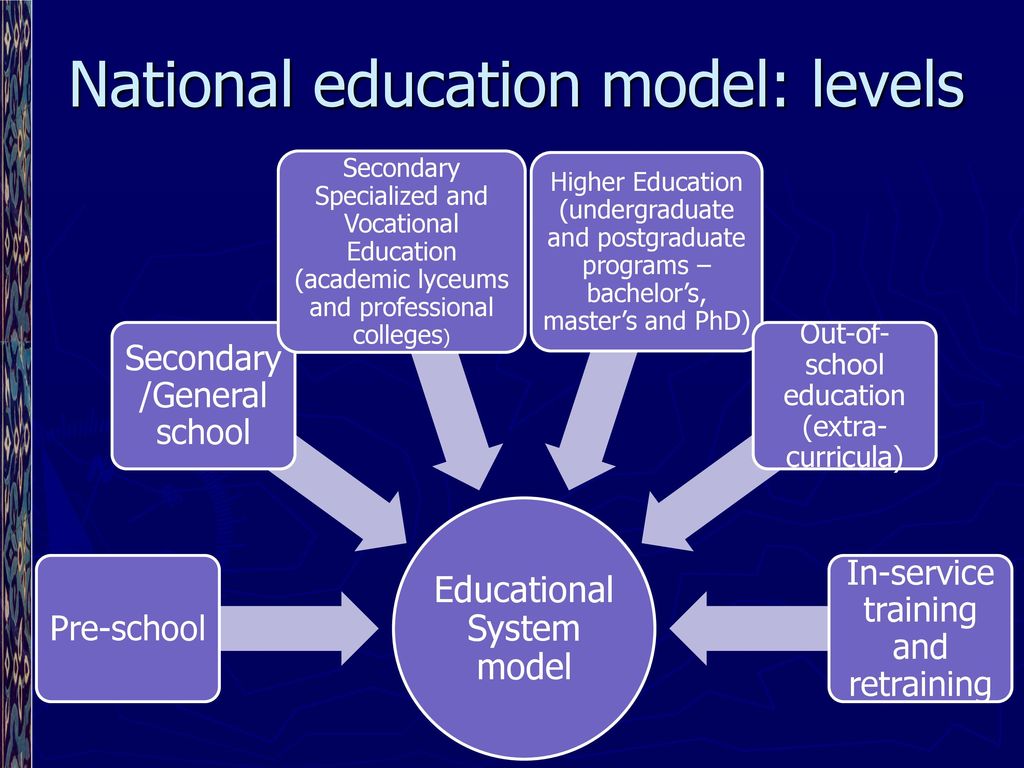
Finally, the state is interested in economic growth, primarily as a source of growth in tax and non-tax revenues to the budget to better finance the performance of its functions. And besides, as a source of providing
the loyalty of the population and business, as well as strengthening the country's competitive position in the international arena.
Tax and non-tax revenues to the budget will grow under any of the economic growth models described above, at least in the short and medium term. Moreover, in a situation of growth based on the monopolization of the economy with an emphasis on strengthening its public sector, state revenues can be even higher due to its participation in the financial results of the economic activities of the developing state monopolies. Accordingly, there are great opportunities to ensure the growth of incomes employed in the public sector (at the same time, a parallel growth in the incomes of those employed in the non-state sector will be ensured by the presence of economic growth as such).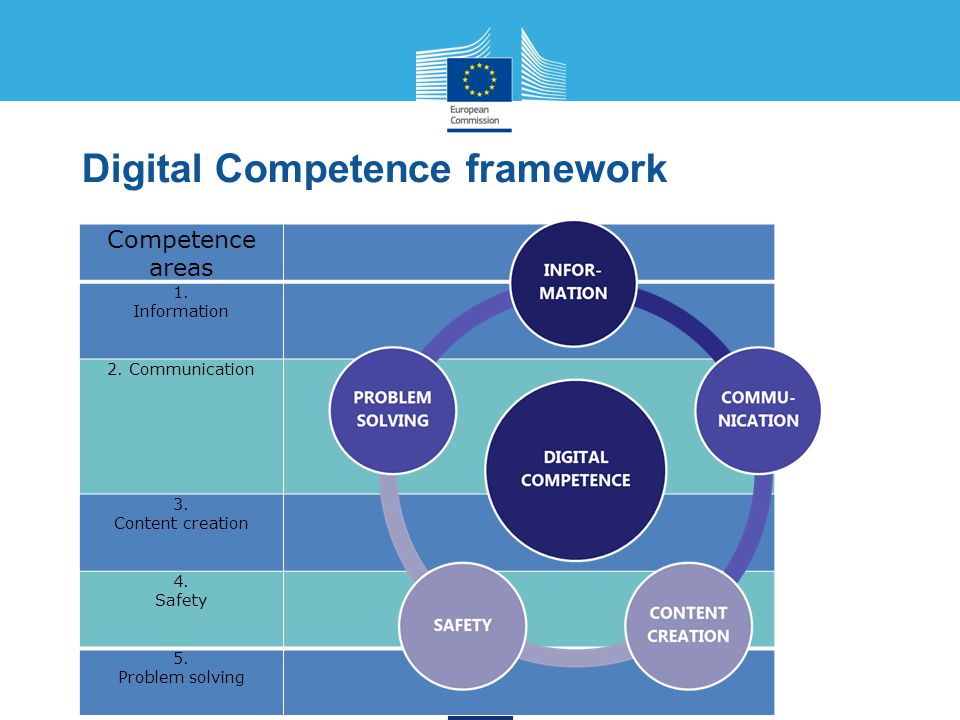
In contrast to ensuring the growth of state budget revenues and the loyalty of the population, economic growth to ensure business loyalty and increase the country's international competitiveness can only be realized if it is carried out in accordance with the first of the models described above. On the contrary, the model of monopolization with an emphasis on the public sector leads to the gradual fading of entrepreneurial initiative, which should sooner or later have a negative impact on both the mood of the business community and the competitive positions of the country. However, these factors lose their relevance with the reduction of planning horizons and with the weakening of democratic institutions in power.
Thus, the model of economic development based on the stateization and monopolization of the economy, in principle, does not correspond to the principles of sustainable development, since, firstly, it is not capable of ensuring growth for a sufficiently long time, and, moreover, for many generations, and, secondly, it makes the socio-economic system insufficiently flexible and adaptive to external and internal challenges. And, on the other hand, in the absence of effective obstacles in the form of developed democratic institutions and all other things being equal, the state, or rather, the bureaucracy that makes decisions on its behalf under these conditions, will be inclined to choose in favor of this particular model. This statement finds its explanation in the fact that it offers the bureaucracy much simpler models and tools for managing socio-economic development, extracting administrative rent, etc.
And, on the other hand, in the absence of effective obstacles in the form of developed democratic institutions and all other things being equal, the state, or rather, the bureaucracy that makes decisions on its behalf under these conditions, will be inclined to choose in favor of this particular model. This statement finds its explanation in the fact that it offers the bureaucracy much simpler models and tools for managing socio-economic development, extracting administrative rent, etc.
The risks for the sustainable socio-economic development of the country and its individual territories, arising from the use of the second model of economic growth, increase exponentially, taking into account the characteristic feature of this model, which is to ensure growth only in the short and medium term periods . As a result, the psychological temptations for national and regional power and business elites to use the possibilities of the already described above strategy of “pumping out” the natural resources of territories are intensifying, in order to then invest the financial resources received in those foreign territories that are “prosperous” and steadily developing.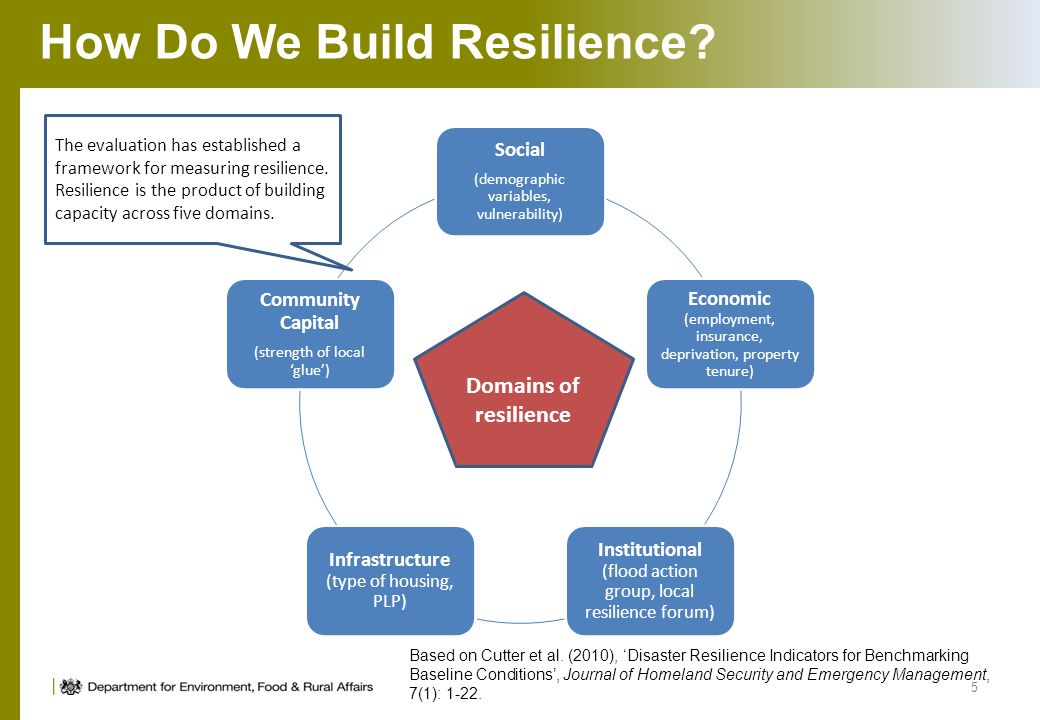
Like economic and social development, which is “a process in the course of which there are significant quantitative and qualitative changes in the social. the sphere of societies. life or its separate components - social. relationships, social in-tax, social-group and social-organizational structures, etc., is the subject of interest of the population, business and the state, but not equally, not always and not everywhere [2]. Moreover, based on the above quote, social development should be understood as the development of social results - specific parameters for the distribution of life's benefits, the conditions for the formation and development of the individual, the satisfaction of the material, social and spiritual needs of the population, and the development of social institutions - tools for the formation of special mechanisms and obtaining relevant results, as well as social structures and groups in which these institutions operate. Considering that “not all changes in the social phenomena represent their development, but only those, under which some social.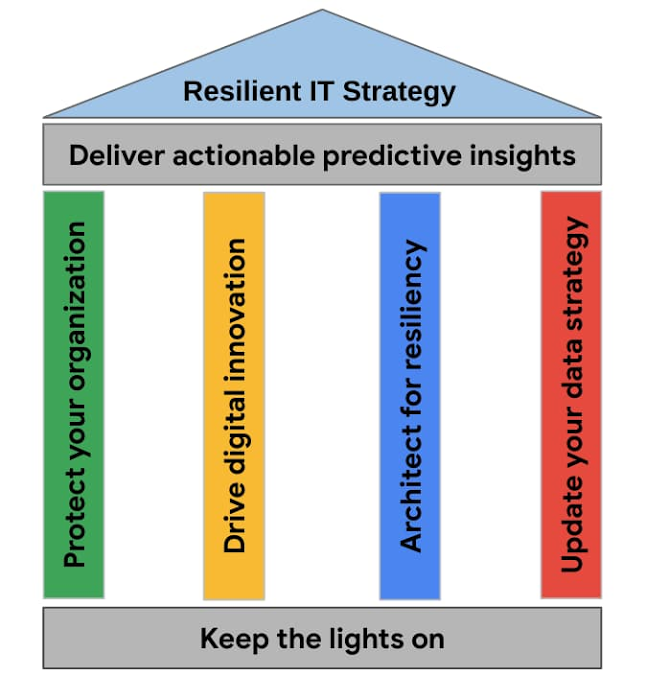 Phenomena move to higher (according to objective criteria of social progress) levels of their state (progressive development) or, on the contrary, to lower levels (regressive development)”, in the context of the topic of this study, the authors consider progressive social development (ibid.) .
Phenomena move to higher (according to objective criteria of social progress) levels of their state (progressive development) or, on the contrary, to lower levels (regressive development)”, in the context of the topic of this study, the authors consider progressive social development (ibid.) .
At the heart of social development is always a social contradiction - "the interaction of opposing socially significant relations associated with
mismatch of interests and goals of various social groups and strata" [3]. In this context, the interests of the population can be defined as increasing the availability and quality of social services provided to them. Under which, according to [4], it is customary to understand “a set of industries, enterprises, organizations that are directly related and determine the way and standard of living of people, their well-being; consumption. The social sphere primarily includes the service sector (education, culture, health care, social security, physical culture, public catering, public services, passenger transport, communications).
In this regard, it is important to take into account that some of the services of the above sectors (for example, culture, catering, utilities, transport and communications) are provided to the population on a market basis, which makes it possible to increase their availability and quality only by virtue of development of competition between their producers, i.e. due to the development of the economic system of the territory, carried out on the basis of the first of the growth models described by us above. At the same time, the contradiction between the interests of the population and business comes down, in fact, to the contradiction of the interests of the buyer and the state arises only if the latter turns into a spokesman for the interests of the bureaucracy interested in the second model of economic growth.
On the contrary, health care, education (especially primary and secondary), social security, physical culture and sports in one part or another (and for some services in full) are not paid directly by the population and are provided to it on a non- or quasi-market basis .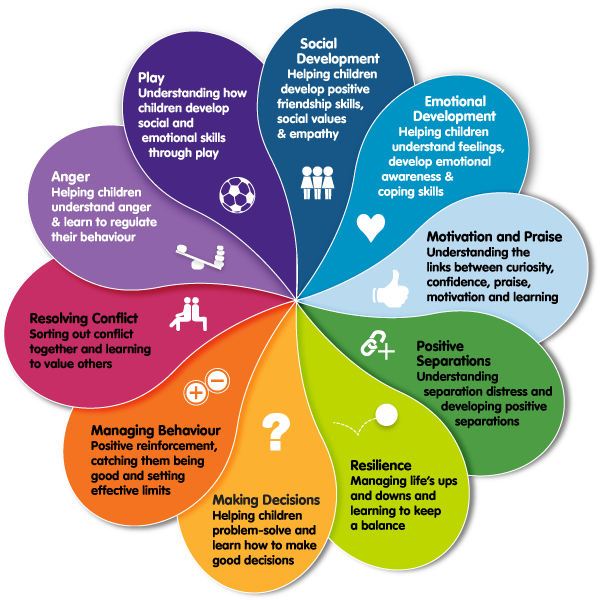 The party financing their production is the state directly through the budget or indirectly through its agents, such as, for example, compulsory medical, social insurance funds, etc. In any of these cases, the source of financing for these services is the funds of the population and business, withdrawn from them by the state in the form of taxes or mandatory insurance payments, which gives rise to at least two social contradictions between the population and business, on the one hand, and the state, on the other. Firstly, such a contradiction is the conflict of interests over the rational proportions of redistribution: the population and business tend to “give” as little as possible to the state, while demanding from it the fullest possible fulfillment of its obligations. Secondly, the conflict of interests is a contradiction regarding the efficiency of the use of the collected resources and the size of the “costs of doing business” by state agents: here, on the contrary, the population and business demand from the state the maximum amount of obligations based on a constant amount of funding.
The party financing their production is the state directly through the budget or indirectly through its agents, such as, for example, compulsory medical, social insurance funds, etc. In any of these cases, the source of financing for these services is the funds of the population and business, withdrawn from them by the state in the form of taxes or mandatory insurance payments, which gives rise to at least two social contradictions between the population and business, on the one hand, and the state, on the other. Firstly, such a contradiction is the conflict of interests over the rational proportions of redistribution: the population and business tend to “give” as little as possible to the state, while demanding from it the fullest possible fulfillment of its obligations. Secondly, the conflict of interests is a contradiction regarding the efficiency of the use of the collected resources and the size of the “costs of doing business” by state agents: here, on the contrary, the population and business demand from the state the maximum amount of obligations based on a constant amount of funding. Both of the above social contradictions are resolved through effective democratic mechanisms for the formation and accountability of government bodies, respectively, the formation of these mechanisms becomes an indispensable element of social development that ensures the sustainability of the socio-economic development of the territory.
Both of the above social contradictions are resolved through effective democratic mechanisms for the formation and accountability of government bodies, respectively, the formation of these mechanisms becomes an indispensable element of social development that ensures the sustainability of the socio-economic development of the territory.
It is noteworthy that, in contrast to market-distributed social services, education, health care and, to a lesser conscious extent, culture are the subject in relation to which the interests of the population and business coincide. Since for the first these services mean the quality of his life, and for the second they mean a better quality of labor resources, less losses due to temporary disability of employees, etc. And, conversely, the state, or rather, the bureaucracy, in this case is interested in greater collection of tax and non-tax payments with minimal obligations and liability associated with their use. In this regard, increasing the availability, volume and quality of social services launches a kind of accelerated social development spiral: improving the quality of life of the population non-linearly increases its social expectations and the requirements put forward in connection with these expectations in relation to the results and quality of state and municipal government.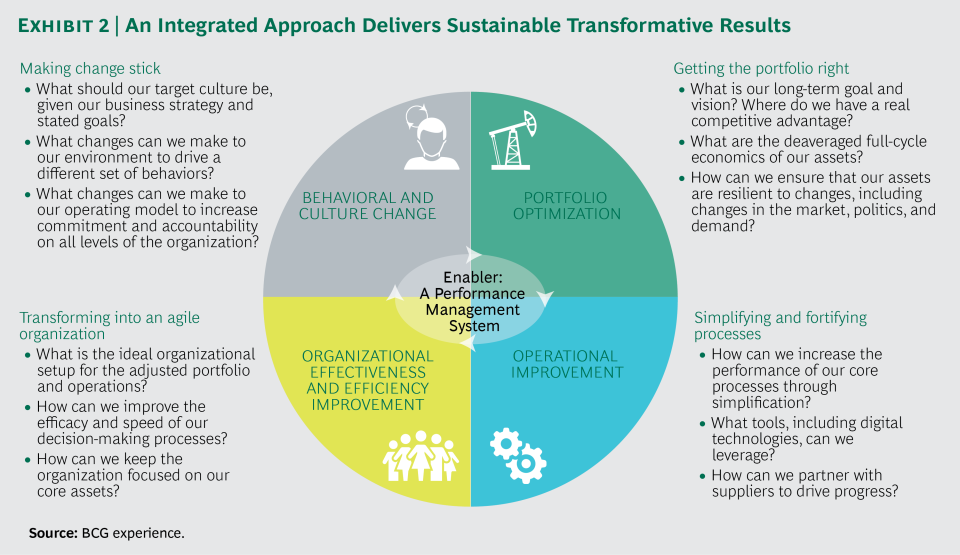 And, conversely, their reduction leads to the marginalization of the population, the loss of its interest in social growth, and so on. Which, ultimately, means its degradation as a source of labor resources and the related degradation of the economy with its exit, in the aggregate, on the trajectory of the loss of sustainability of socio-economic development.
And, conversely, their reduction leads to the marginalization of the population, the loss of its interest in social growth, and so on. Which, ultimately, means its degradation as a source of labor resources and the related degradation of the economy with its exit, in the aggregate, on the trajectory of the loss of sustainability of socio-economic development.
Experts propose to understand the ecological development of society as “a development that takes into account environmental restrictions for a given historical moment and is aimed at preserving natural and anthropogenic conditions and life resources” [4]. In accordance with his concept, any development is a complex in which "social and environmental components become higher than any economic goals" [6]. The criteria for ecological development are:
- viability of the environment for humans;
- maximum preservation, indestructibility of ecosystems in the process of eco-development;
- increase in the gene pool, including by artificial methods;
- implementation of safe small and non-waste technologies;
- reduction of anthropogenic load on the environment;
- introduction and development of environmental management methods in decision-making at all levels of government;
- maintaining a balanced circulation of substances in the ecosystem, including taking into account ecological chains;
- development of the social component of ecosystems [5].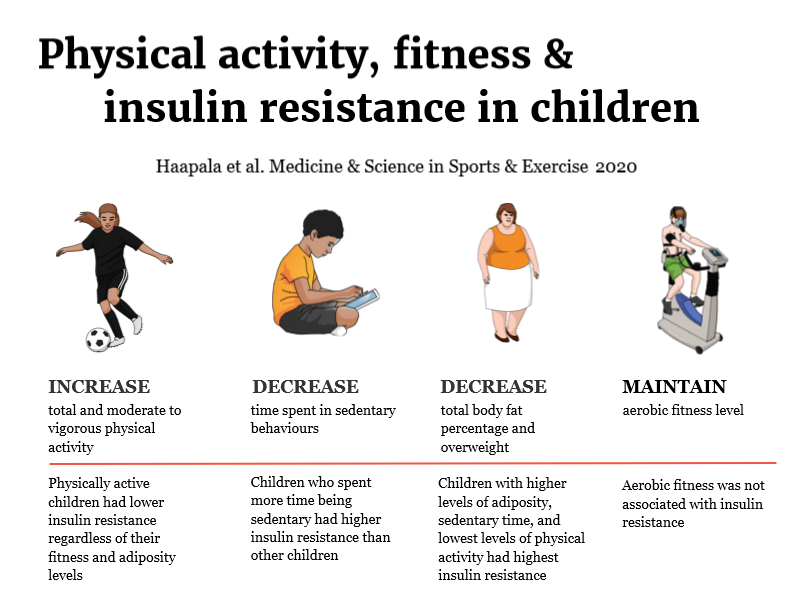
Achievement of these criteria is ensured through the implementation of a system of measures, including the reduction of emissions into the environment, the introduction of special production and processing technologies, the greening of the life of the population, the economic activity of subjects of the economic system, as well as the system of state and municipal government, the increase in the area of protected natural territories, etc.
Obviously, from the point of view of economic development, these criteria and measures aimed at achieving them mean additional requirements and restrictions in the process of designing and creating new industries, the complication and rise in the cost of the technologies used, new technical tasks for their scientific substantiation and development ( improvement), limiting production capacities and their concentration, etc. Which ultimately means an increase in initial investment and operating costs, an increase in the cost of manufactured products, which requires an appropriate level of income for the population.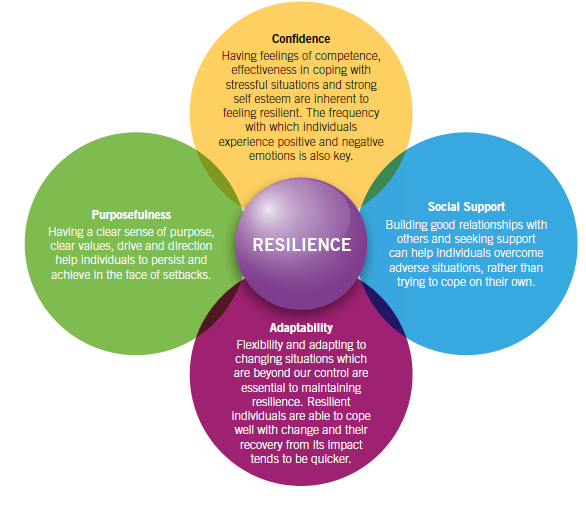 Which, in turn, turns out to be unattainable and objectively unjustified without an appropriate high quality of the population as a source of labor resources for the local economy.
Which, in turn, turns out to be unattainable and objectively unjustified without an appropriate high quality of the population as a source of labor resources for the local economy.
From the point of view of state and municipal management, environmental development means an increase in the requirements for the quality of decisions made, for the qualifications and educational level of the subjects of their development, for the use of modern science in this process, for increasing the responsibility of government to society, etc. Ultimately For both business and government, environmental development implies the transition of their activities to a qualitatively new level in terms of complexity, which, in the absence of very strong and effective incentives, will never be initiated and informally carried out by them. Sources:
1. Factors of sustainable development of Russian regions: monograph. Book. 8 / Bakirova A.M., Bulanov A.Yu., Gervasiev M.A. and others / Under the general.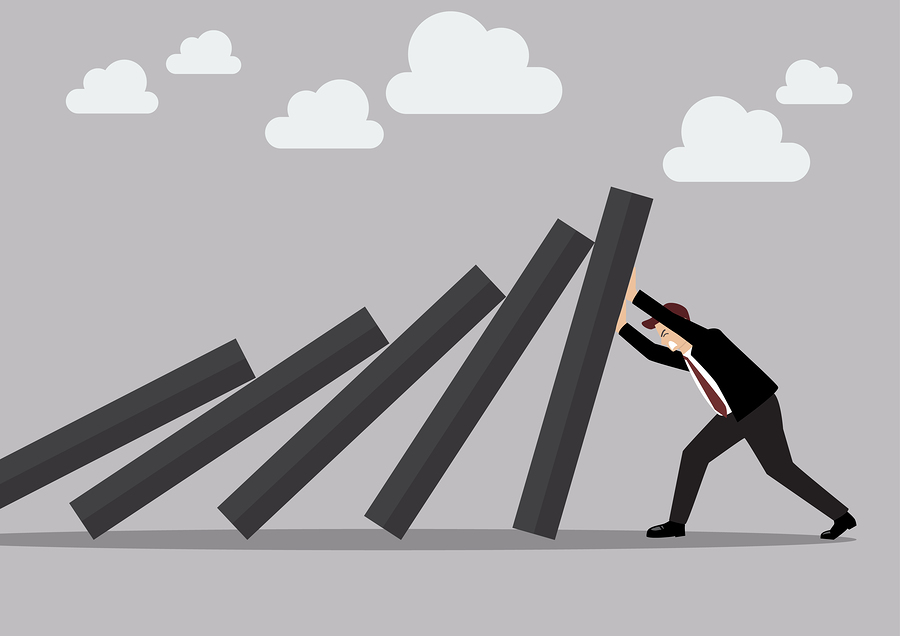 Ed. Chernova S.S. - Novosibirsk: SIBPRINT Publishing House, 2010. - 276p.
Ed. Chernova S.S. - Novosibirsk: SIBPRINT Publishing House, 2010. - 276p.
2. Russian sociological encyclopedia / Dictionaries and encyclopedias at Academician [Electronic resource]. URL: http://sociologicheskaya.academic.ru/980/DEVELOPMENT_ SOCIAL (accessed 14.08.2017).
3. Sociology: encyclopedia / Dictionaries and encyclopedias at Academician [Electronic resource]. URL: http://sociology_encydopedy.academic.ru/1015/COU,KA.nbHOE (Accessed 08/14/2017).
4. Dictionary of Economics / Dictionaries and Encyclopedias at Academician [Electronic resource]. URL: http://dic.academic.ru/dic.nsf/econ_dict/13866 (Accessed 08/14/2017).
5. Nikolaeva Yu.V. Problems of eco-development: philosophical and methodological aspect: Abstract of the thesis. dis. ... cand. philosophy Sciences. - M.: Ros. acad. state service under the President of the Russian Federation, 1996. - 22 p.
6. Karimov AM Basic principles of urban planning approach // Problems of urban planning in Russia.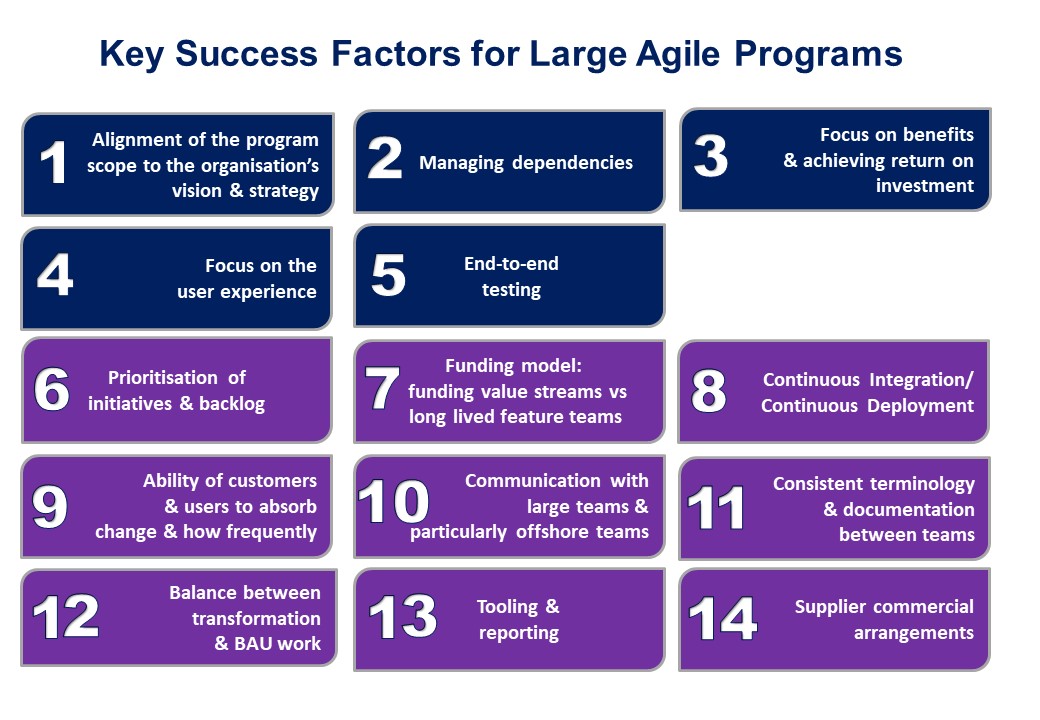 - M.: RAASN, 1999. - S. 65.
- M.: RAASN, 1999. - S. 65.
Sourees:
1. Faktory ustoichivogo razvitiya regionsov Rossii: monografiya. Kn. 8 / Bakirova A.M., Bulanov A.Yu., Gervas'ev M.A. i dr.
/ Pod obshch. red. Chernova S.S. - Novosibirsk: Iz-datel'stvo "SIBPRINT", 2010. - 276s.
2. Rossiiskaya sotsiologicheskaya entsiklopediya / Slovari i entsiklopedii na Akademike [Elektronnyi resources]. URL:
http://sociologicheskaya.academic.ru/980/RAZVITIE_ SOTsIAL''NOE (data obrashcheniya 08/14/2017).
3. Sotsiologiya: entsiklopediya / Slovari i entsiklopedii na Akademike [Elektronnyi resources]. URL: http://sociology_encyclopedy.academic.ru/1015/S0TsIAL"N0E (data ob-rashcheniya 08/14/2017).
4. Ekonomicheskii slovar' / Slovari i entsiklopedii na Akademike [Elektronnyi re-surs]. URL : http://dic.academic.ru/dic.nsf/econ_dict/13866 (data obrashcheniya 08/14/2017)
5. Nikolaeva Yu.V. Problemy ekorazvitiya: filosofsko-metodologicheskii aspekt: Av-toref. dis ...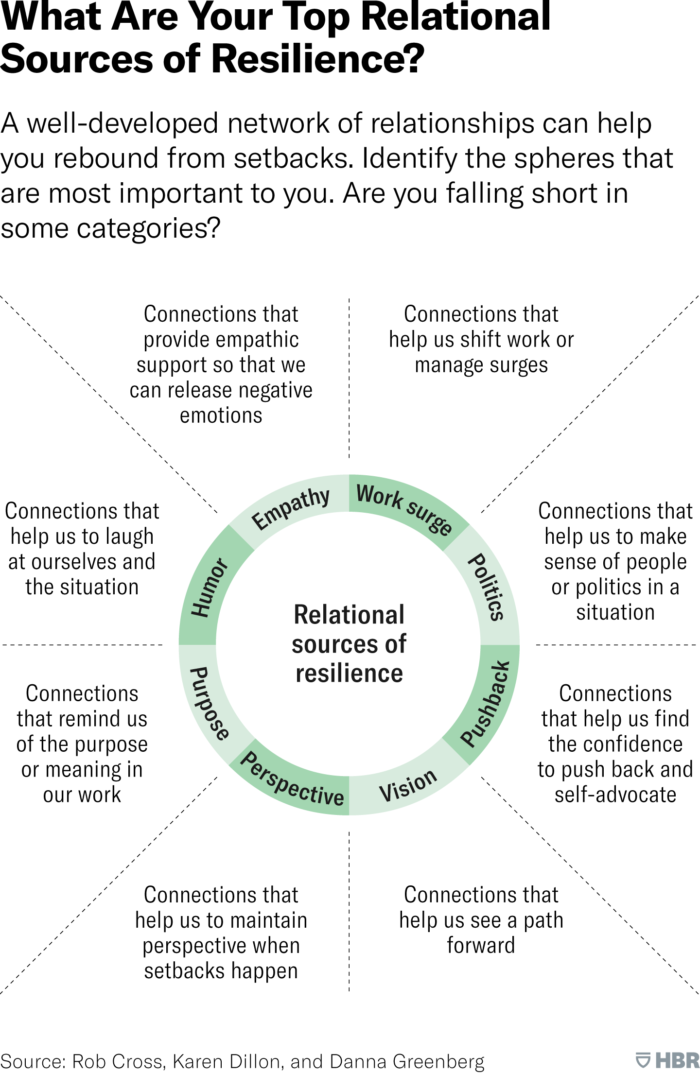 cand. filos. nauk. - M.:
cand. filos. nauk. - M.:
Ros. acad. gos. sluzhby pri Presidente RF, 1996. - 22 s.
6. Karimov A.M. Osnovnye printsipy gradostroitel'nogo podkhoda // Problemy grado-stroitel'stva Rossii. - M.: RAASN,
1999. - S. 65.
A.V. Volkov
Deputy Director for Research, Candidate of Economics, Sochi Research Center of the Russian Academy of Sciences
A.V. Volkov
Deputy Director for Research, PhD in Economic sciences Sochi Research Center of the Russian Academy of Science (89183058414 aleksandr. v. Volkov@ya. ru) T.A. Volkova-Goncharova
Deputy Director for Production, Ph.D. Volkova-Goncharova Deputy Director for manufacturing, PhD in Economic sciences JSC "SAH for city cleaning" (89183079282 [email protected])
A. R. Simonyan Leading Researcher, Ph.D. Research Center of the Russian Academy of Sciences
A.R. Simonyan
Leading Researcher, PhD in Physico-mathematical sciences Sochi Research Center of the Russian Academy of Science (89181017404 oppm@mail.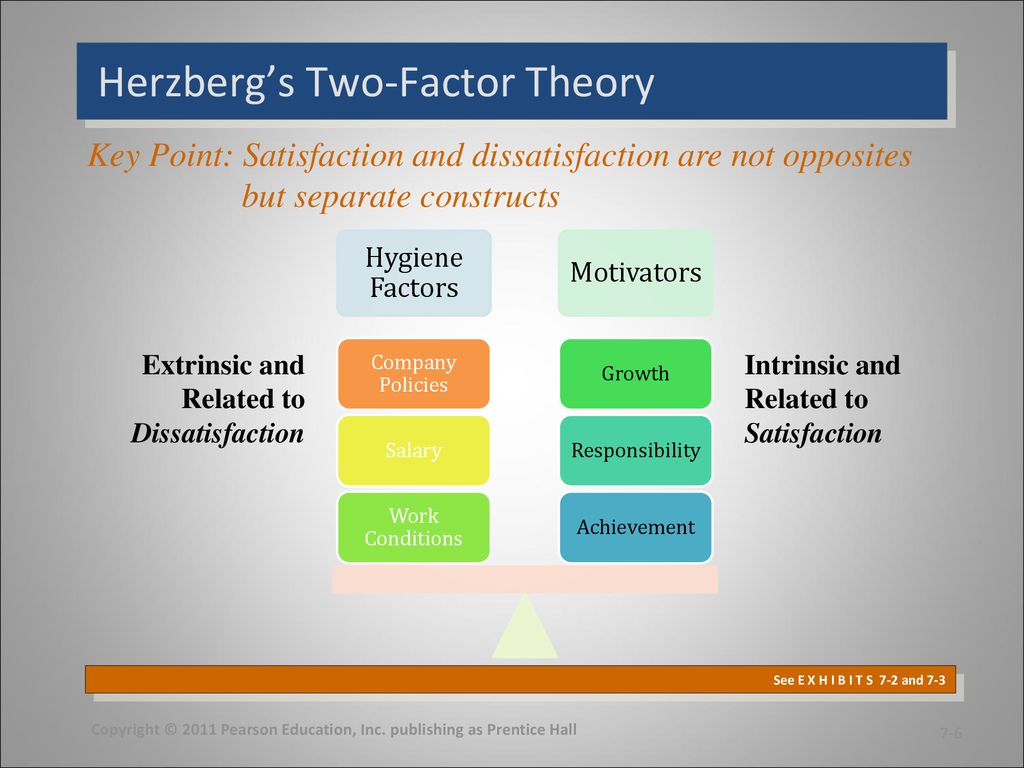 ru)
ru)
ORGANIZATIONAL AND ECONOMIC MECHANISM FOR IMPLEMENTING THE STRATEGY FOR SUSTAINABLE SOCIO-ECONOMIC DEVELOPMENT OF THE RECREATION AND TOURIST SPECIALIZATION
Annotation. For the effective management of sustainable socio-economic development of the territory of recreational and tourist specialization (hereinafter referred to as the territory), it is necessary to develop a mechanism that should determine the principles, methods, tools, models for the phased implementation of strategic directions and the achievement of sustainability. Thus, the organizational and economic mechanism for managing the sustainable development of a territory is a set of principles, methods, tools, management models that ensures the achievement of strategic goals. The proposed organizational and economic mechanism for managing the sustainable development of the territory includes in its structure the principles, subject, objects, mechanisms, methods and model for managing the sustainable development of the territory, the strategic directions for the sustainable development of the territory and the sequence of their implementation, the approach to managing the sustainable development of the territory, the directions of the functioning of the information system.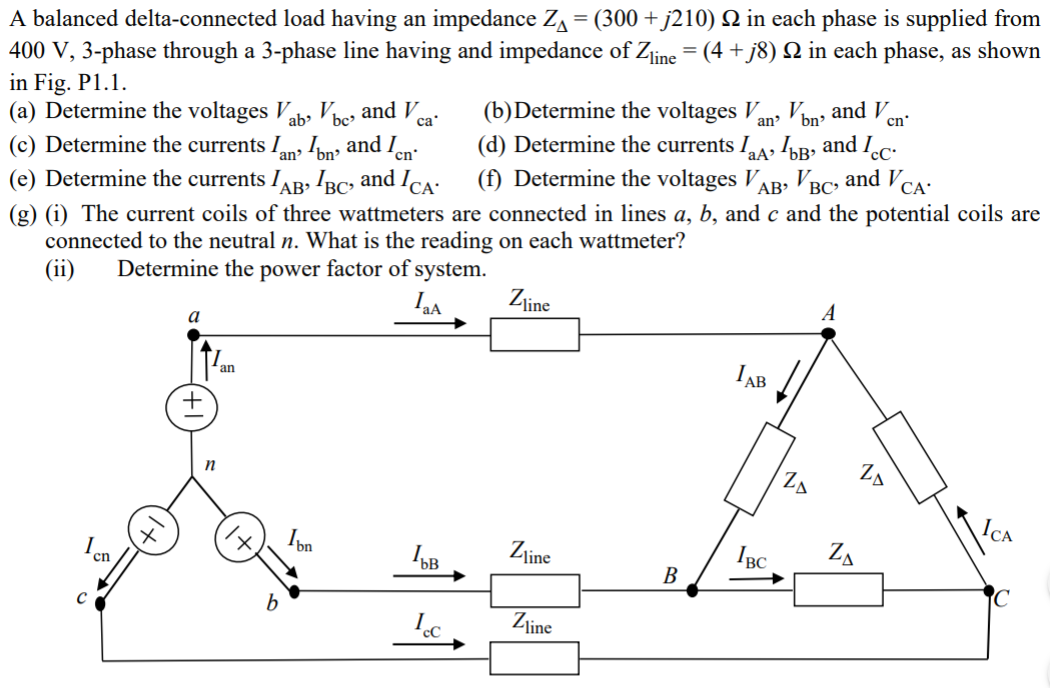 - methodological support for the management of sustainable development of the territory, etc.
- methodological support for the management of sustainable development of the territory, etc.
The strategic directions of sustainable development of the territory will be environmentally-oriented development, production-oriented development and socially-oriented development. These directions will form the stages of sustainable development of the territory, their sequence will determine the general vector of this process. The proposed organizational and economic mechanism for managing the sustainable development of the territory should take into account the socio-economic features of the development of the territory. The set of implemented sustainable development management tools implies the consistent development of strategies and programs for the environmental, industrial and social development of the territory, which will detail various aspects of the sustainable development of the territory. When implementing the organizational and economic mechanism for managing the sustainable development of the territory, it is necessary to take into account a number of factors affecting the development of the territory, such as: the influence of state authorities and local governments of other municipalities, existing regional development trends, as well as the influence of the external environment.
Thus, the presented organizational and economic management mechanism and a set of recommendations will become the basis for managing the sustainable development of the territory. Abstract. To effectively manage sustainable socio-economic development, the territory of recreational tourism specialization (hereinafter referred to as the territory) requires the development of
INFRA-M Group
In the current economic conditions of existence, at the current stage of economic development, only sustainable, Competitive and reliable functioning of enterprises can ensure both their own financial stability and the country as a whole. An analysis of the financial stability of enterprises is a process of studying its static financial condition, the dynamics of changes over time, identifying the factors (reasons) that caused these changes and determining the prospective level of financial stability in the face of possible combinations of changes in factors of the external and internal business environment.
In this regard, it seems relevant to consider the influence of both external and internal factors on the financial stability of an enterprise. In their works, such authors paid attention to the study of the financial stability of an enterprise and the determination of the factors influencing it: G.V. Savitskaya., V.V. Kovalev, I.D. Anikina, L.I. Ivanova, Baranenko S.P., Mikhel V.S., Bekreneva V.A., V.M. Rodionova, L.G. Skamai, A.D. Sheremet, V.G. Artemenko and others. However, in the scientific literature, the question of the stages of analyzing the impact of the above factors on the financial stability of an enterprise remains insufficiently covered.
Therefore, the purpose of this article is to reveal the features of the influence of both external and internal factors on the financial stability of an enterprise, and also determine the stages of analysis of the factors under study.
First of all, for a more detailed study of the analyzed object, it is necessary to consider the definition of the concept of "stability" in various fields of science, which is presented in Table. 1.
1.
Table 1
Definition of the term "sustainability" in various fields of science
| Science | Definition of sustainability |
|---|---|
| Mathematics [1] | System resilience - an indicator that characterizes the ability of the system to keep moving, after possible changes. |
| Physics [2] | Stability is the property of an object to return to its original mode after leaving it as a result of some impact. |
| Psychology [3] | Psychological stability - a set of certain qualities and properties of the psyche, thanks to which the body retains the ability to adequate and effective life under the influence of any adverse factors. |
| Philosophy [4] | Stability is constancy, staying in the same state, despite the influence of the environment. |
Also, we need to define the concept of "financial stability". To do this, we will analyze the interpretations in various financial dictionaries (see Table 2.), since it is in the dictionaries that the most reliable concepts are collected in our opinion. Despite the diversity of scientific views on the content of the concept of "financial sustainability of an enterprise", a unanimous opinion has not yet been fully formulated.
Source Concept Economics and law: reference dictionary [5] The stability of an enterprise is the financial condition of an enterprise whose economic activity ensures, under normal conditions, the independent fulfillment of all its obligations to employees, other organizations, the state, thanks to sufficient income and the correspondence of income to expenses. Big explanatory dictionary of economics [6] The financial stability of an enterprise is a characteristic of the level of risk of the enterprise's activities in terms of balance or excess of income over expenses, i.e. solvency. Dictionary of business terms [7] Financial stability reflects such a state of financial resources in which an organization, freely maneuvering cash, is able, through their effective use, to ensure an uninterrupted process of production and sale of products (works, services). Large Dictionary of Economics [8] Stability, financial stability of the financial position, expressed in the balance of finances, sufficient liquidity of assets, investment attractiveness, the availability of the necessary reserves. Analysis of the definition of the concept of "financial stability", which is presented in Table. It is also necessary to pay attention to the fact that scientists interpret the concept of "financial stability" differently. In this regard, we will analyze this concept, provide its characteristics and identify an essential pattern (Table 3). Author Definition G.W. Savitskaya [9] Defines the financial stability of an enterprise as the ability of a business entity to exist and develop, while maintaining the balance of all assets and liabilities under changing factors of the internal and external environment V. Believes that “financial stability” is such a state of the financial resources of an enterprise, their distribution and use, which ensures the development of an enterprise based on profit growth while maintaining solvency, and creditworthiness under conditions of an acceptable level of risk L.G. Skamai [11] Financial stability is a reflection of a stable excess of income over expenses, ensures free maneuvering of the enterprise's funds and, through their effective use, contributes to the uninterrupted production process and sales of products A.D. Sheremet [12] The author believes that the essence of financial stability is the provision of reserves with forming sources, while solvency is carried out as its external manifestation VG Artemenko [13] In his opinion, the financial stability of an enterprise is a characteristic that indicates a stable excess of its income So, the analysis of the definitions presented in Table 3 showed that there is no definite concept of the category “financial stability” in modern economic literature. Financial stability is defined as the stability of the economic environment in which the company operates, and the results of its operation. The policy of maintaining the financial stability of an enterprise is multifaceted, but, in our opinion, it consists in the interaction of internal and external factors that affect it. To analyze the influence of external factors on the financial stability of an organization, first of all, it is necessary to determine what directly relates to them. Fig. 1. Classification of external factors affecting financial stability Each of the presented external factors in fig. 1 has its own specific impact (direct and indirect) on the financial stability of the enterprise, so a detailed description of the impact of each of them should be carried out. Factors of indirect impact are those factors that may not have a direct and immediate impact on the financial stability of the enterprise, but, nevertheless, in the future may affect its activities [11, c.201]. Consider each of the presented factors of indirect impact on the financial stability of the enterprise. Economic. The well-being of the global economy in general and the country's economy in particular has a significant impact on the ability of an enterprise to remain profitable. The analysis of economic factors may take into account: the state of financial markets; the crisis state of the country's economy; general decline in production; inflation rate; market fluctuations in exchange rates, commodity prices; entrepreneurial activity and purchasing power of the population; deterioration of export/import conditions; economic blockade, etc. [12, p. 34]. It should also be noted that the crisis state of the economy has a significant impact on the financial stability of an enterprise. During a crisis, the rate of sales of products lags behind the rate of its production. In general, the incomes of subjects of economic activity are decreasing, and the scale of profits is also decreasing relatively. During the crisis, a series of bankruptcies intensifies [12, p. Political. A variety of legislative and government factors can affect the level of existing probabilities and threats in the course of an enterprise's activities. For example, the political stability of society, regional and national policy, antitrust, tax and monetary policy of the state, the presence of hostilities [12, c.47]. Demographics. This type of factors affects all enterprises. They include: fertility; mortality; population size and growth rate; migration and population density; gender and age structure and ethnic composition of the population; raising the educational level and increasing the number of employees [13, p. 41]. Scientific and technical. Today, innovations in computer technologies are growing at a tremendous pace. Undoubtedly, they have a significant impact on the activities of enterprises. After all, innovations simplify the work and speed up the process of activity. These factors include: the level of development of science and improvement of technology; the pace of technological change; the level of enterprise investment in innovation; participation of the state in scientific and technological research [13, p. Social. These factors affect the nature of the products produced by the enterprise, the method of production, working conditions, the behavior of the organization in the market, the demand for goods and services, etc. The conditions and opportunities for the economic activity of the enterprise, their placement, and, consequently, the costs depend on them. Social factors are understood as: the level of employment (unemployment) of the population; qualification level of personnel, their training and retraining; social protection of the population [13, p. 49]. Environmental. The ecological environment characterizes the presence of natural resources and the state of the natural environment, which both the enterprise itself and the subjects of the internal environment must take into account in their economic activities, because they have a direct impact on the conditions and opportunities for conducting this activity. The activity of the enterprise depends on the conditions that the ecological environment imposes, namely: the state of the environment; shortage of certain types of resources and raw materials; equipping industries with treatment facilities and curtailing hazardous industries; state intervention in the process of rational use and reproduction of natural resources; investments in the creation of harmless technologies and the level of their implementation [13, p. Factors of direct impact that affect the financial stability of an enterprise include that part of the external environment that has a direct impact on it, namely suppliers, consumers, competitors, laws and government agencies. The environment, the influence of external factors of direct impact, is also called the working environment of the enterprise [12, p. 39]. Let's consider in more detail the presented factors of direct impact: Suppliers. The enterprise receives all types of resources through suppliers, therefore, the fulfillment of their obligations has a direct impact on the rhythm of the trade and technological process, the volume of trade, profit, which further affects the financial stability of the enterprise [14, p. 35]. Consumers. The survival of an enterprise depends on its ability to find consumers for its products and services, and to satisfy customer needs. Consumers are those persons who are interested or may be interested in the goods or services produced by the enterprise. Competitors. Competitors are one of the most dynamic external factors. Competitors mean not only those companies that offer the same products, but with a different brand, but also companies that produce substitutes. In market conditions, business leaders realize that if they do not meet the needs of consumers as efficiently as competitors do, then the results of operations can be very deplorable. Underestimation of competitors and overestimation of markets lead even the largest enterprises to significant losses and crisis [14, p. 38]. Laws and public authorities. State bodies influence the enterprise through the tax system, state property and the budget, as well as through legislative acts. The management of the enterprise must adhere to the legislation (tax, labor, etc. When managing the financial stability of an enterprise, special attention should be paid to internal factors, since they directly depend on the activities of the enterprise and the measures used by the enterprise to manage them. Also, the most important, in our opinion, are the internal factors affecting the financial stability of the enterprise, since they directly affect this object of study. In addition, we can say that it is the internal factors that affect the financial stability of the enterprise that shape the activities of business entities. 2 we have identified internal factors that affect the financial stability of enterprises. These factors also help to determine the qualitative characteristics of the analyzed object, for example, the structure of the enterprise, the level of qualification of employees, competitiveness, the image of the enterprise, etc. 2. Internal factors affecting the financial stability of an enterprise 2. As important internal factors, it is worth highlighting: financial [15] and human resources of the enterprise. These factors are interconnected, as they interact with each other, if one changes, the others change. The fact that the enterprise has a sufficient amount of its own funds, namely, profit, makes it possible to feel confident in a competitive environment. At the same time, it is worth considering that a larger percentage of profits be directed to the expansion of production activities. Debt capital plays an important role in the financial stability of an enterprise. This indicates that, thanks to borrowed financial resources, the enterprise increases its financial capabilities, but one should not forget about the parallel risk of financial losses [16]. Regarding personnel factors, these include: qualification and motivation of employees, as well as staff turnover. Not fully manageable should include market factors, namely the competitiveness of the enterprise in the market, as new enterprises appear daily, which can subsequently reduce the level of competitiveness of this business entity. The success or failure of entrepreneurial activity largely depends on the choice of structure and composition of products and services provided, i.e. production factors. In this case, it is important to decide what products to produce, as well as to determine how to produce, i.e. on what technology and model of organization and management to act. Thus, based on research, we can say that internal factors that have a direct impact on the financial stability of enterprises make it possible to regulate the activities of the enterprise. It should be noted that the financial stability of an enterprise is not easy to achieve, since this is due to the purposeful management of the entire set of factors that guide decision-making about the management tasks of enterprises. It should be noted that internal factors are closely interconnected both with each other and with external factors. The influence of these factors on the level of financial stability of the enterprise can be different, both negative and positive. However, the positive influence of a certain factor can be completely eliminated or partially reduced by the negative influence of another, more significant factor. It is important to note that in order to determine the degree of influence of both external and internal factors on the financial stability of an enterprise, it is necessary to evaluate them. Therefore, timely identification and analysis of internal and external factors affecting the financial stability of the enterprise is relevant for the enterprise, contributes to its competitiveness in the market, solvency and its independence. On fig. 3 shows the stages of the analysis of factors affecting the financial stability of the enterprise. Fig. 3. Stages of analysis of internal and external factors affecting the financial stability of an enterprise So, as a stage 1, we have identified an analysis of factors affecting financial stability, which means the degree of influence of each of the above factors; Stage 2 - this is the diagnosis of the influence of factors, which is aimed at identifying signs that indicate a deterioration in sustainability at the enterprise; Stage 3, in our opinion, should consist in assessing the strategic financial position, taking into account all factors that are closely related to the logical search for ways to improve this state in the enterprise, and the last, stage 4 - control of internal and external factors that contribute to increasing the financial stability of the enterprise. 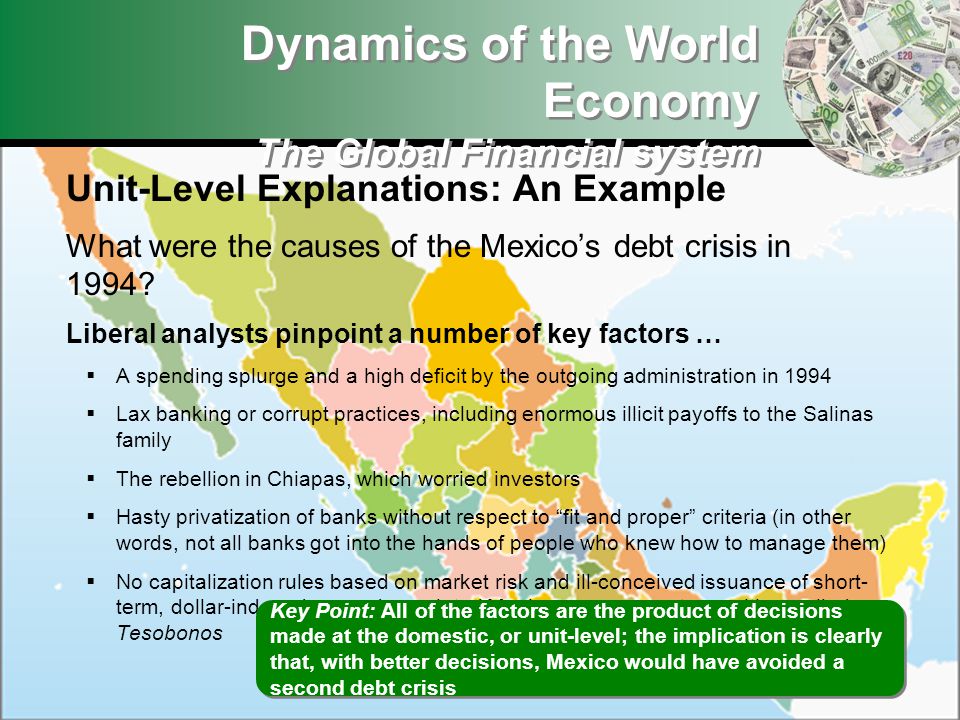
 2 showed that, despite the fact that financial stability is related to the "concept" of financial results, they are not equivalent. In addition, each of the above concepts considers the content of financial stability from different angles. The common thing is that financial stability ensures the development of the company, guaranteeing its constant solvency and investment attractiveness.
2 showed that, despite the fact that financial stability is related to the "concept" of financial results, they are not equivalent. In addition, each of the above concepts considers the content of financial stability from different angles. The common thing is that financial stability ensures the development of the company, guaranteeing its constant solvency and investment attractiveness. 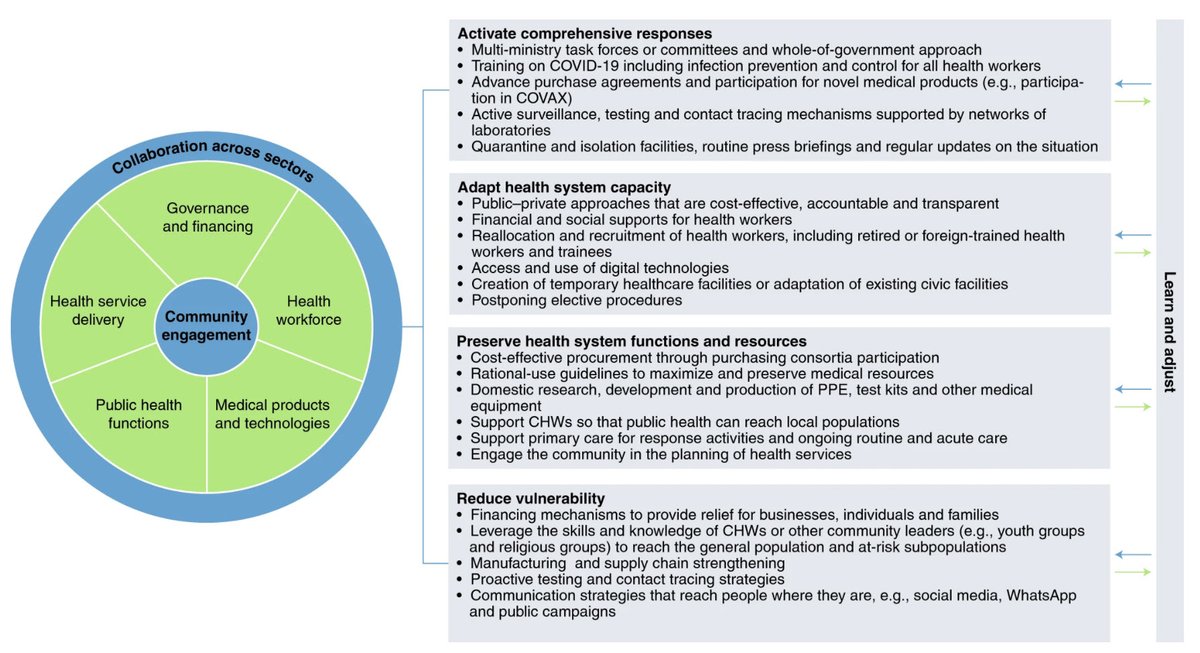 M. Rodionova [10]
M. Rodionova [10] 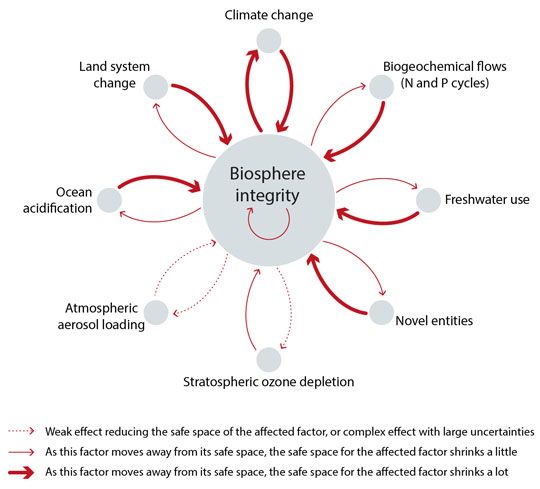 Each of the above concepts reveals the content of financial stability from different angles. As you can see, some authors draw a close relationship between the concept of financial stability and financial condition, while others equate it with solvency or identify it with the presence of equity in an enterprise. But what these definitions have in common is that financial stability ensures the development of an enterprise, guaranteeing its constant solvency and investment attractiveness.
Each of the above concepts reveals the content of financial stability from different angles. As you can see, some authors draw a close relationship between the concept of financial stability and financial condition, while others equate it with solvency or identify it with the presence of equity in an enterprise. But what these definitions have in common is that financial stability ensures the development of an enterprise, guaranteeing its constant solvency and investment attractiveness. 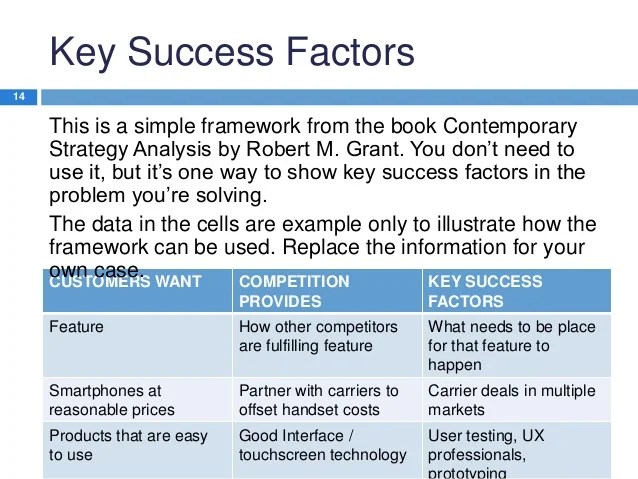 It is important to note that in the scientific literature there is no definite classification of the factors of the external environment of the enterprise. However, based on the analysis of publications of various economists [9; ten; 11], we can distinguish the most common classification of external factors affecting financial stability (Fig. 1).
It is important to note that in the scientific literature there is no definite classification of the factors of the external environment of the enterprise. However, based on the analysis of publications of various economists [9; ten; 11], we can distinguish the most common classification of external factors affecting financial stability (Fig. 1). 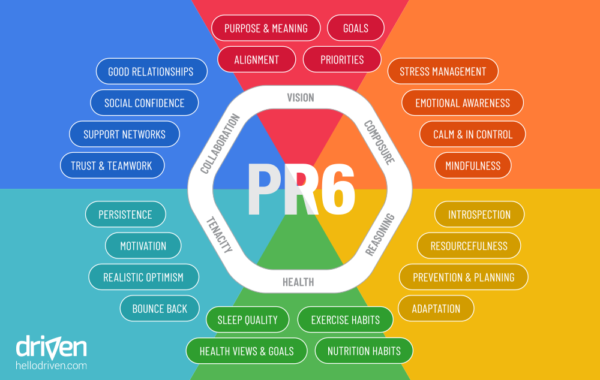
 38].
38].  44].
44]. 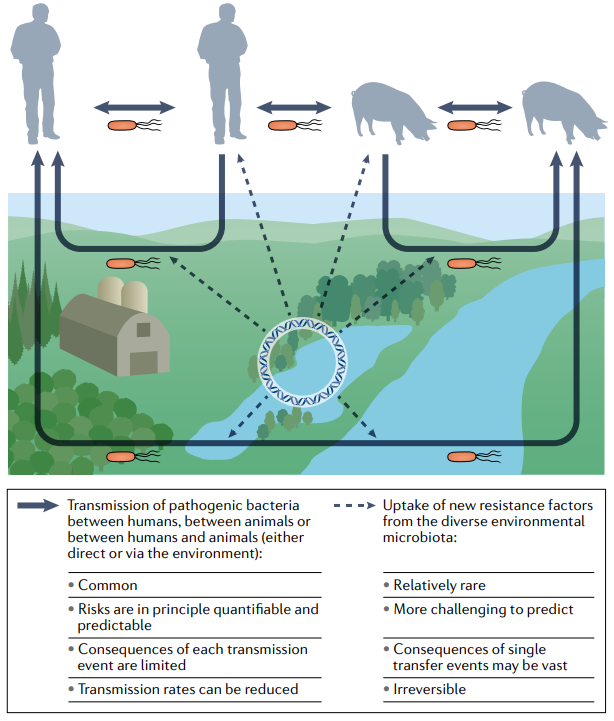 52].
52].  Consequently, the ability of the enterprise to meet the needs of the buyer affects its internal processes, since it depends on this factor whether the enterprise will be able to recover its costs and make a profit [14, p. 37].
Consequently, the ability of the enterprise to meet the needs of the buyer affects its internal processes, since it depends on this factor whether the enterprise will be able to recover its costs and make a profit [14, p. 37]. 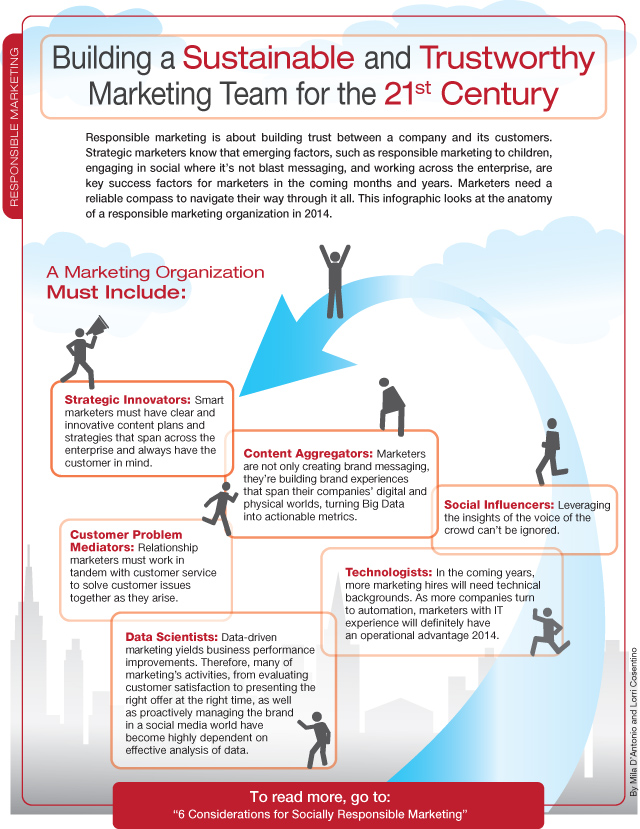 ) of the state, otherwise it will have to pay fines or even completely cease to exist [14, p. 41].
) of the state, otherwise it will have to pay fines or even completely cease to exist [14, p. 41]. 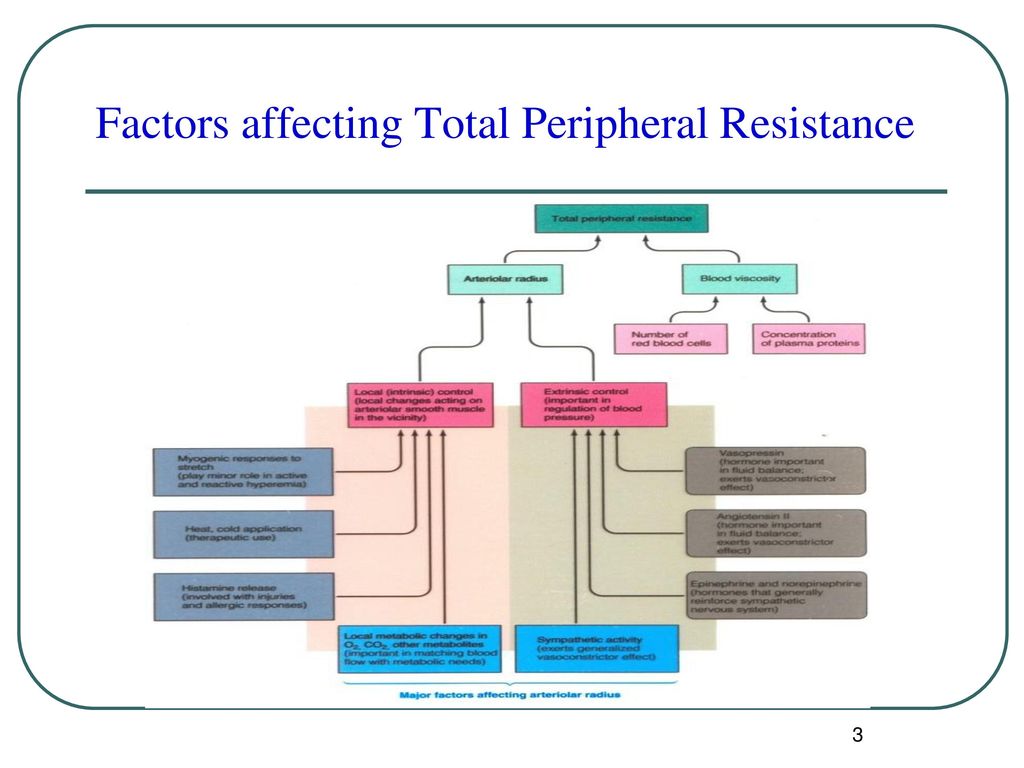 So, the factors affecting the financial stability of an enterprise include organizational, production, personnel, market and financial ones.
So, the factors affecting the financial stability of an enterprise include organizational, production, personnel, market and financial ones. 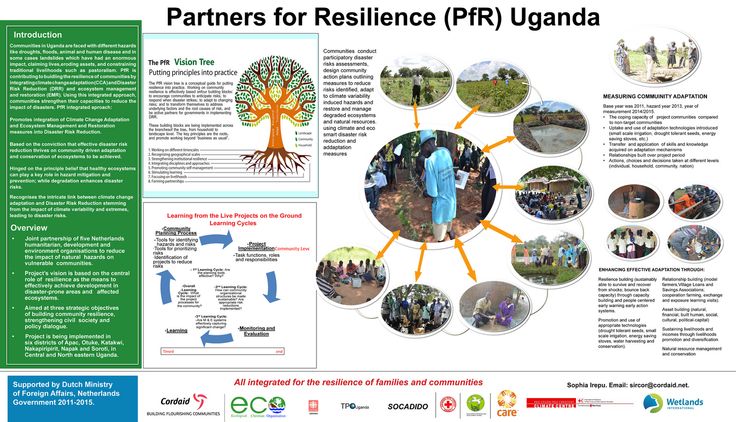 It should be noted that the lower the turnover and the higher the qualifications of employees, the more stable and stable the enterprise. From experience it can be seen that a significant part of the failure of an enterprise can be associated precisely with the incompetence, inexperience or lack of qualifications of the management personnel, with their inability to take into account changes in the internal environment.
It should be noted that the lower the turnover and the higher the qualifications of employees, the more stable and stable the enterprise. From experience it can be seen that a significant part of the failure of an enterprise can be associated precisely with the incompetence, inexperience or lack of qualifications of the management personnel, with their inability to take into account changes in the internal environment. 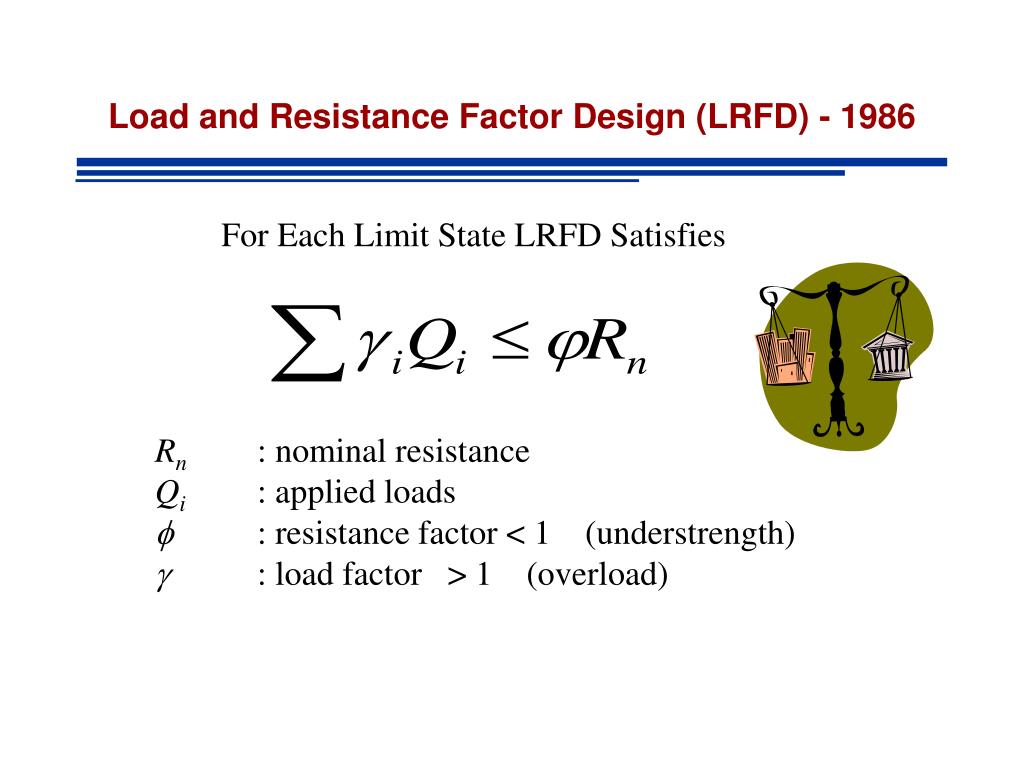
 In the course of the analysis, phased actions and activities aimed at stabilizing and increasing the level of financial stability of the enterprise were identified.
In the course of the analysis, phased actions and activities aimed at stabilizing and increasing the level of financial stability of the enterprise were identified. 